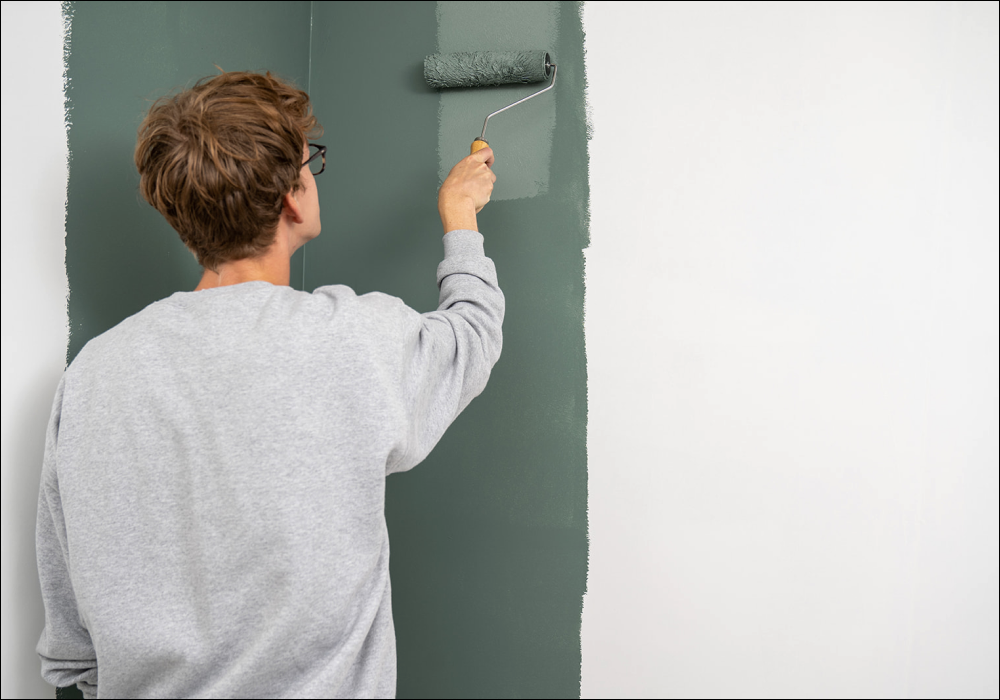
How Many Coats of Paint Do I Need?
We get asked ‘How many coats of paint do I need?’ a lot. And it's understandable - knowing how many coats of paint you need is pretty essential to the painting process. Too few and you're left with patchy coverage or a soft finish. Too many or too quickly/thickly applied and the finish can get affected.
But don’t worry, we’re here to help.
As a general rule of thumb with COAT paints you need two coats of paint to get the ideal finish. Leave enough time between coats for the previous one to dry.
That said, the type of surface, and the previous or new colour of the wall can impact how many coat's you'll need. So let’s delve in a little deeper…
How Many Coats of Paint on Walls and Ceilings

When dealing with interior walls, consistency is key. You want the same colour and finish throughout the space, which means that the paint has to be thick enough with lots of good quality ingredients and pigments.
Enter COAT - where two coats on interior walls is perfect. You might be tempted to leave it at one coat, especially with paler colours, because the coverage is so good. But don't - paint cures and hardens as it dries, so two coats will ultimately give you the most durable finish in the end.
As for ceilings, it is especially important to use good quality paint here to avoid future headaches. Trust us. Low quality paint will drip and spatter all over you as you stare upwards, which nobody wants. There's no such thing as ceiling paint really, despite some brands you see. It's just a high quality paint that sticks well with a consistency that doesn't spatter.
Ready to choose? Shop COAT Paints.
Repainting the Same Colour
Repainting over the same colour to touch up an area is perhaps one of the only times where you may be able to get away with using on coat of paint. But, if the old paint has been there a while there is a fair chance that the sun and other factors have changed the colour of the wall. In these cases even if the paint is the same, the colour of the wall won’t be. So you might end up painting everything again. Sorry.
Changing Colours

If you’re covering dark paint with light, or even light with dark, there’s a chance that even if you use good quality paint you’ll be left with remnants of the old colour. Not Ideal. Sometimes even if you think one coat has done the trick, in bright light the colour below may subtly come through. So again, two coats is an absolute rule. If it's crazy drastic (i.e. you're going from black to white, or eve white to yellow for example) you might need three. There really is nothing worse than the old colour finding itself through, so be thorough.
How Many Coats on Exterior Surfaces

Surfaces that are vulnerable to the elements need to be durable, and this means always erring on the side of caution in terms of coatings of paint. The surfaces need to be able to withstand rain (lots of it in the UK), wind, snow, birds... you name it. Cutting corners isn’t wise here, so you're looking at two coats minimum.
Quality of The Paint
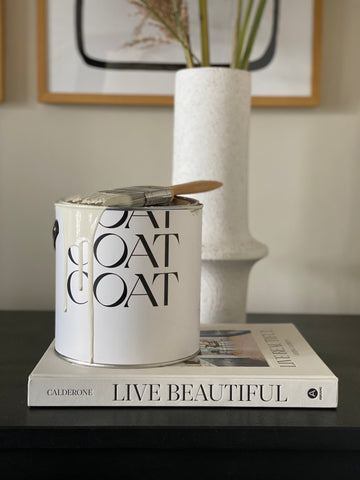
Duvet Day by @designatnineteen
While this is a good guide, these estimates only stand if the quality of the paint you are using is up to scratch. We don't like to boast, but by scratch we mean COAT quality. If not, you could need considerably more coats. So avoid cheaper low quality paints if you can - you’ll need more coats and more time which’ll make them more expensive in the long term anyway.
We make our paints using high-calibre raw materials. That means quality pigments, lots of good resin, and high-grade titanium dioxide (which is what makes good paint). Coverage is our thing.
Shop Smart. Shop COAT Paints.
Publish Date
Author
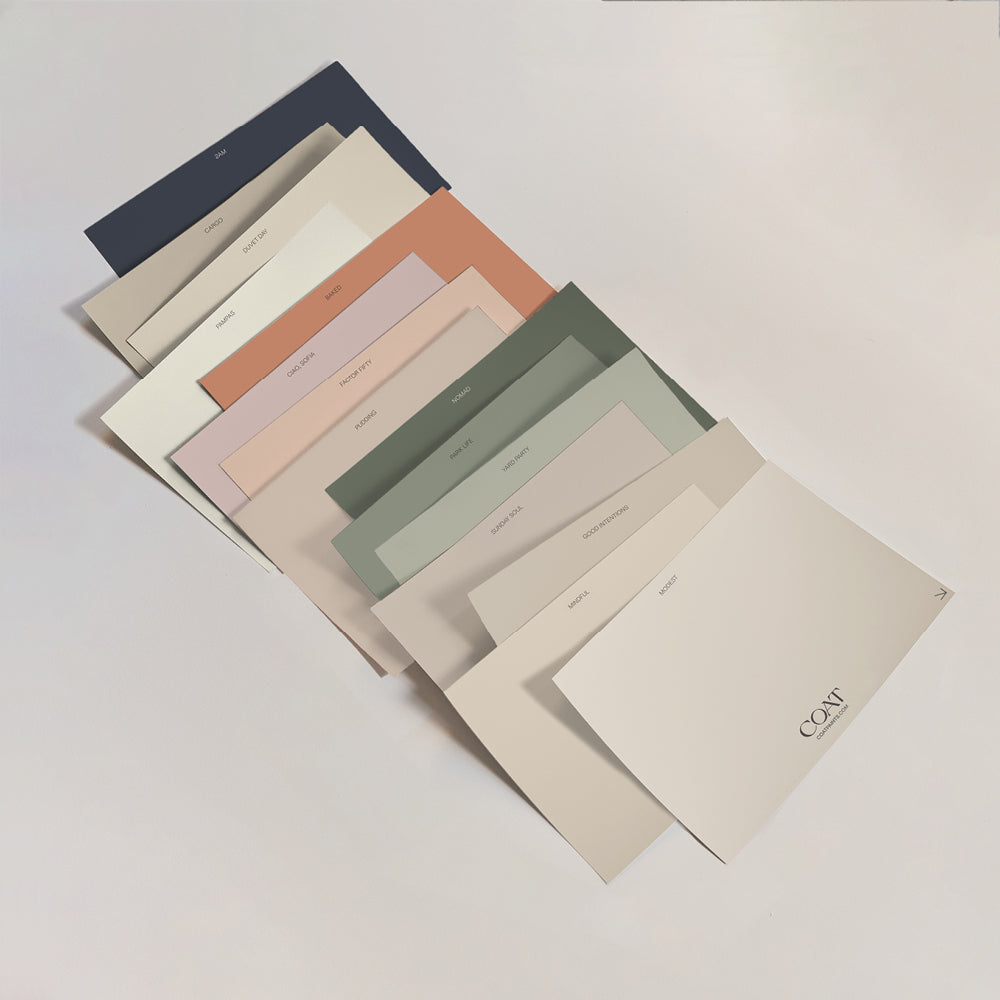


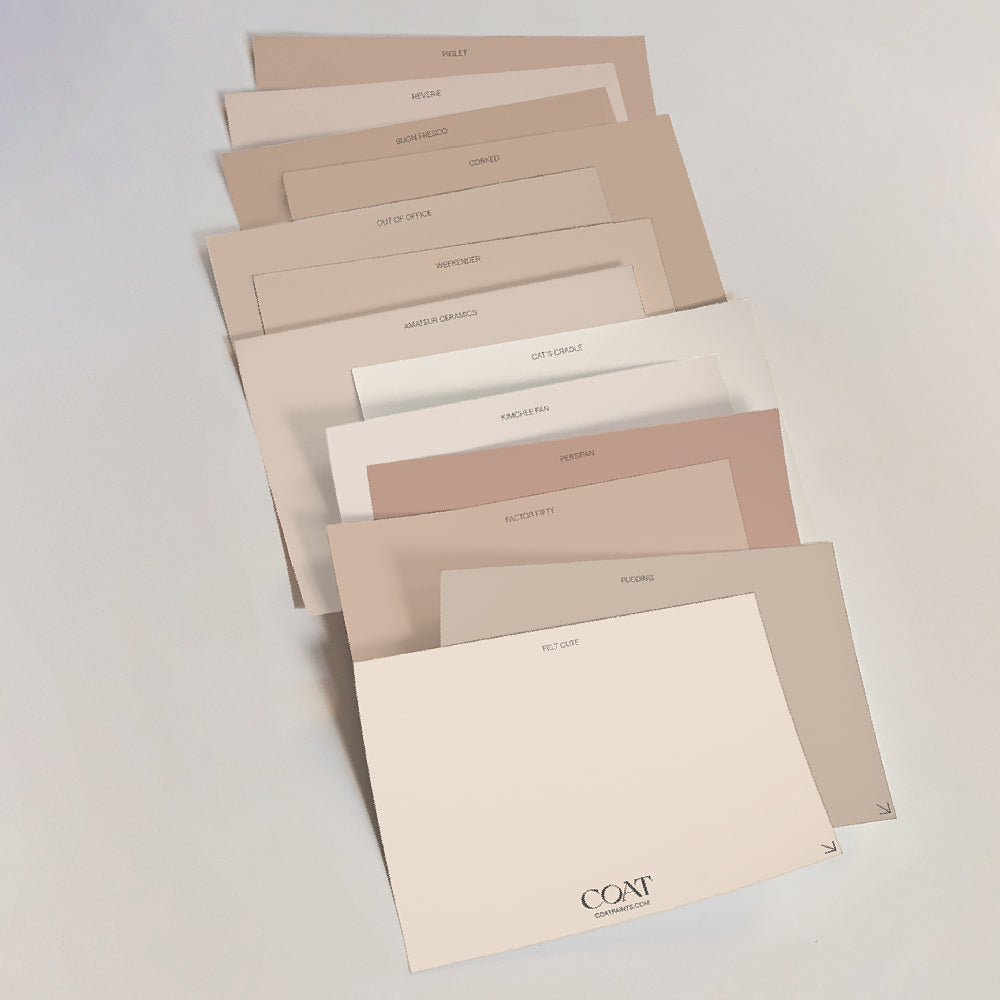
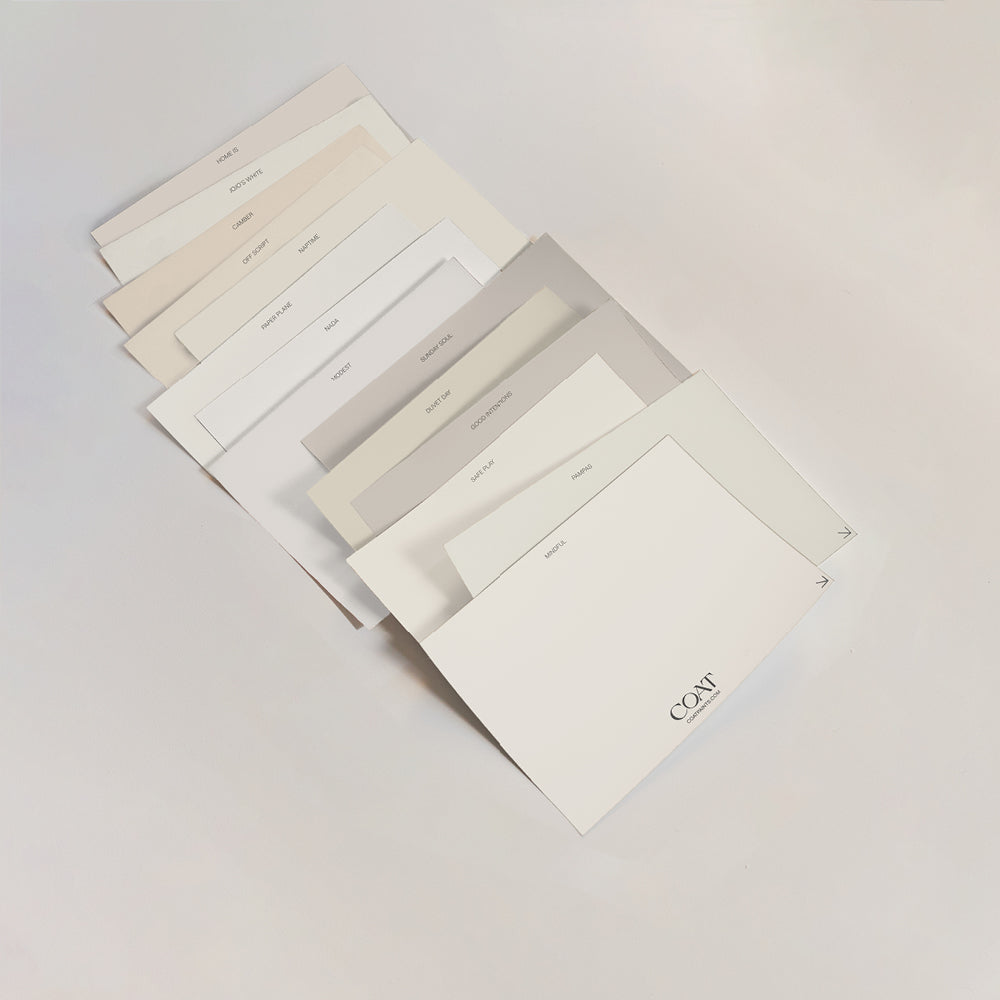





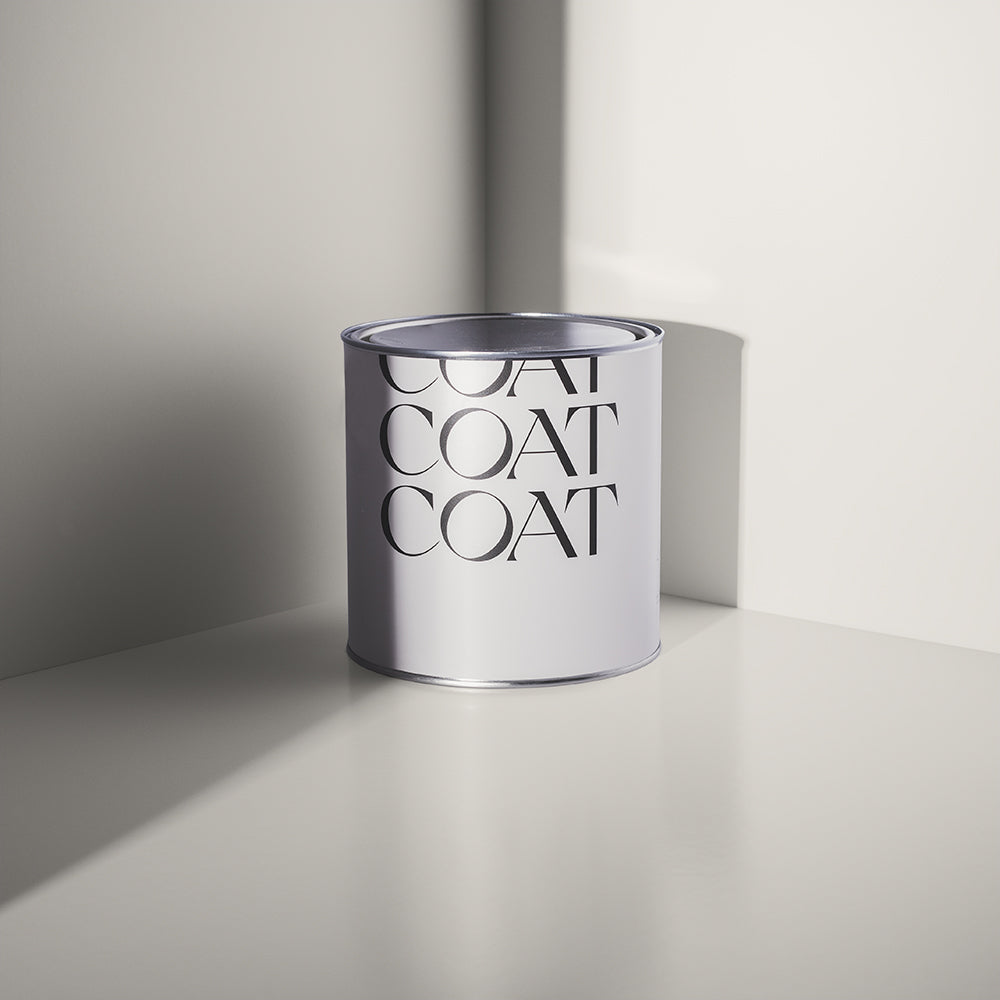
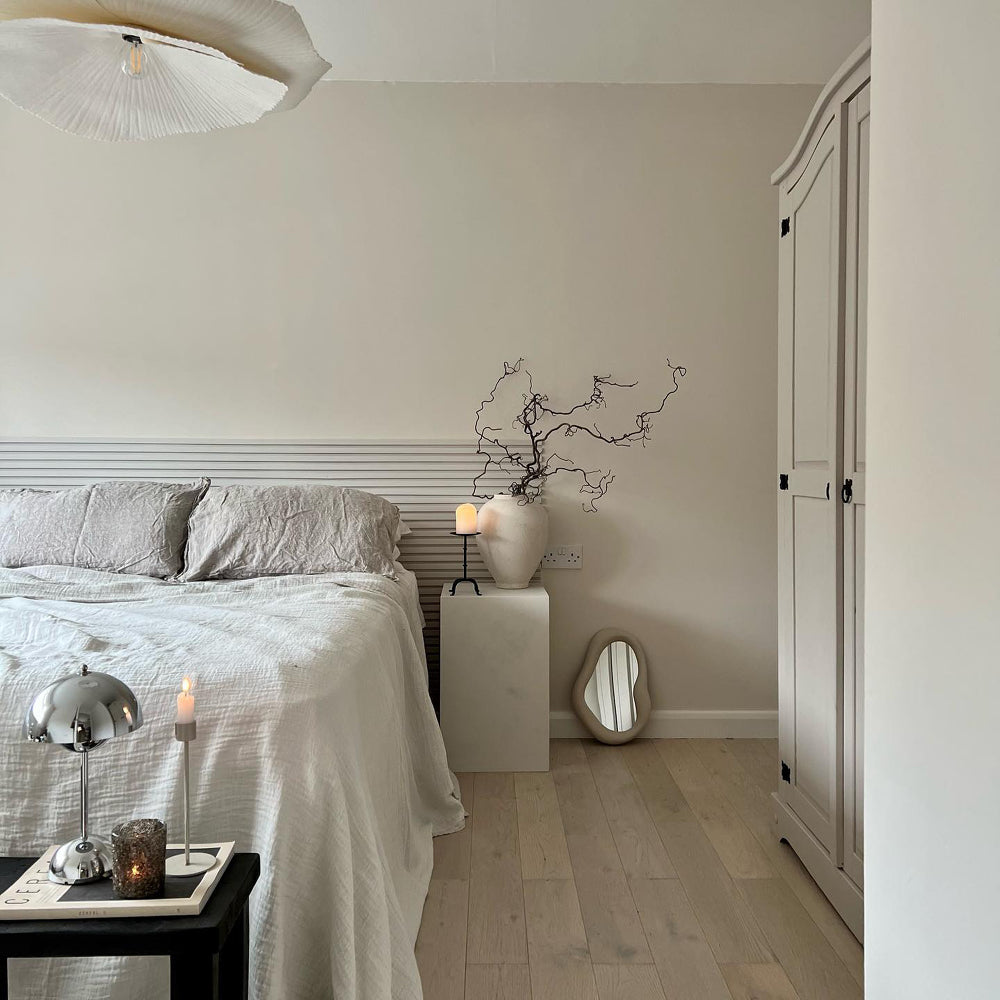

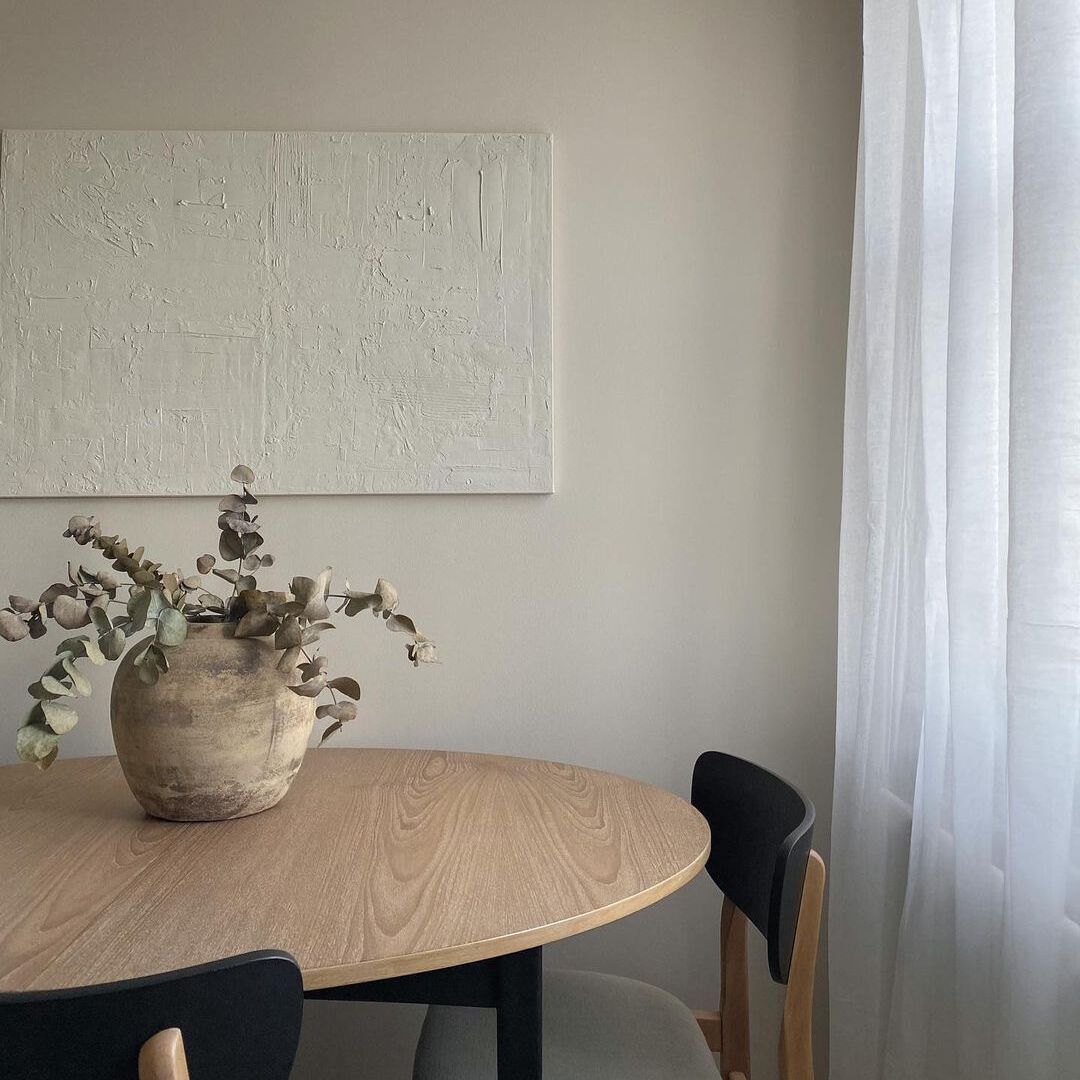
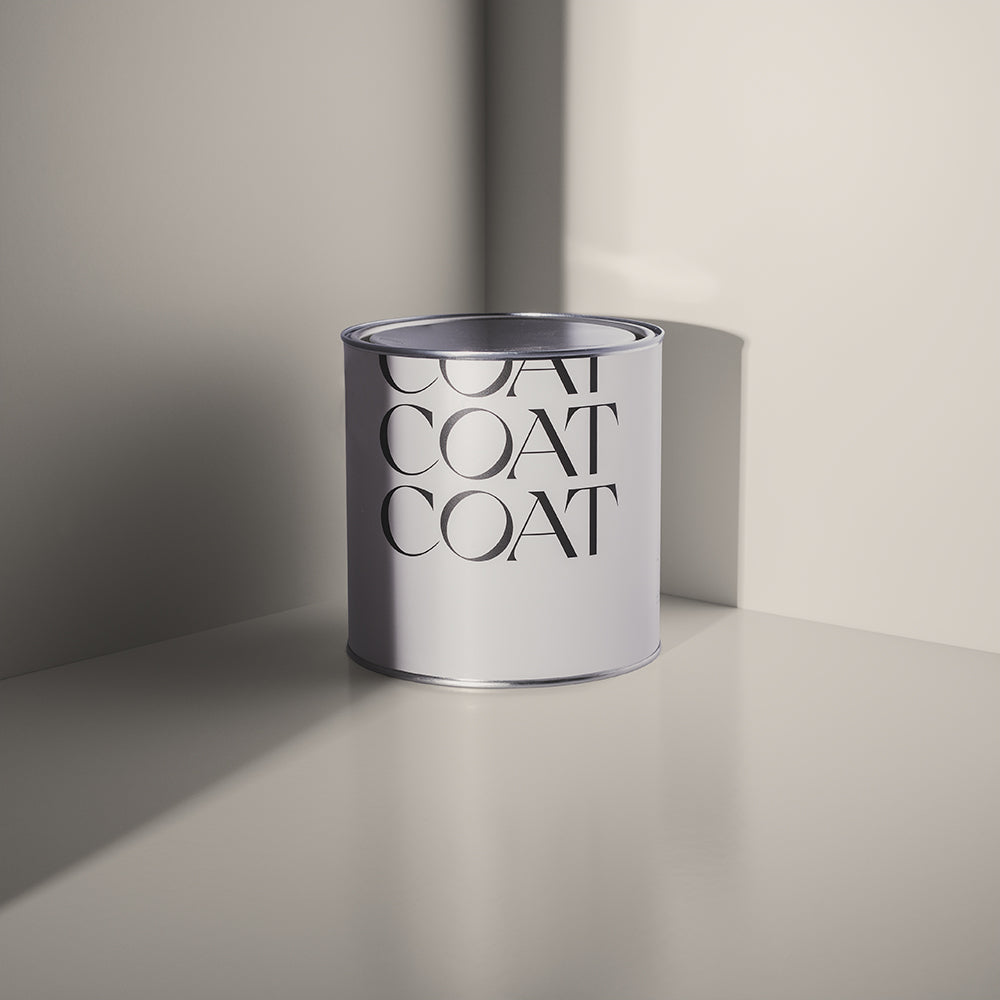

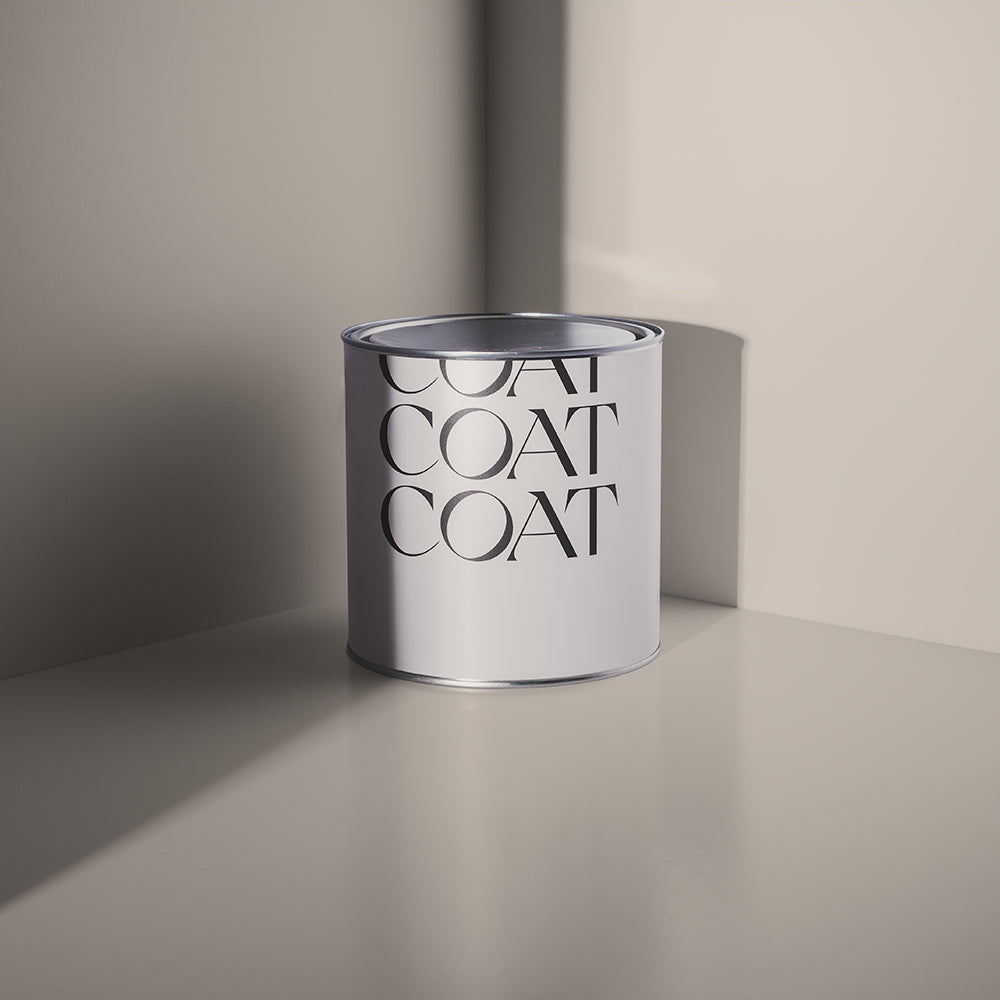
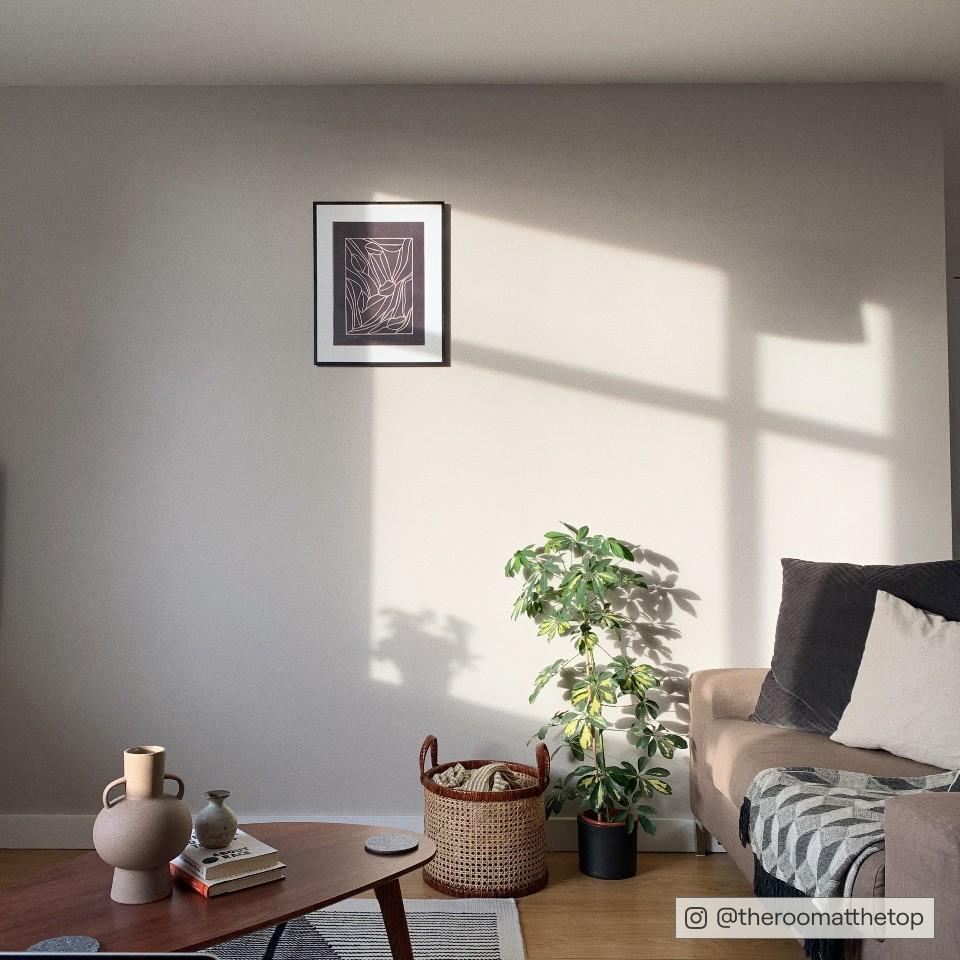


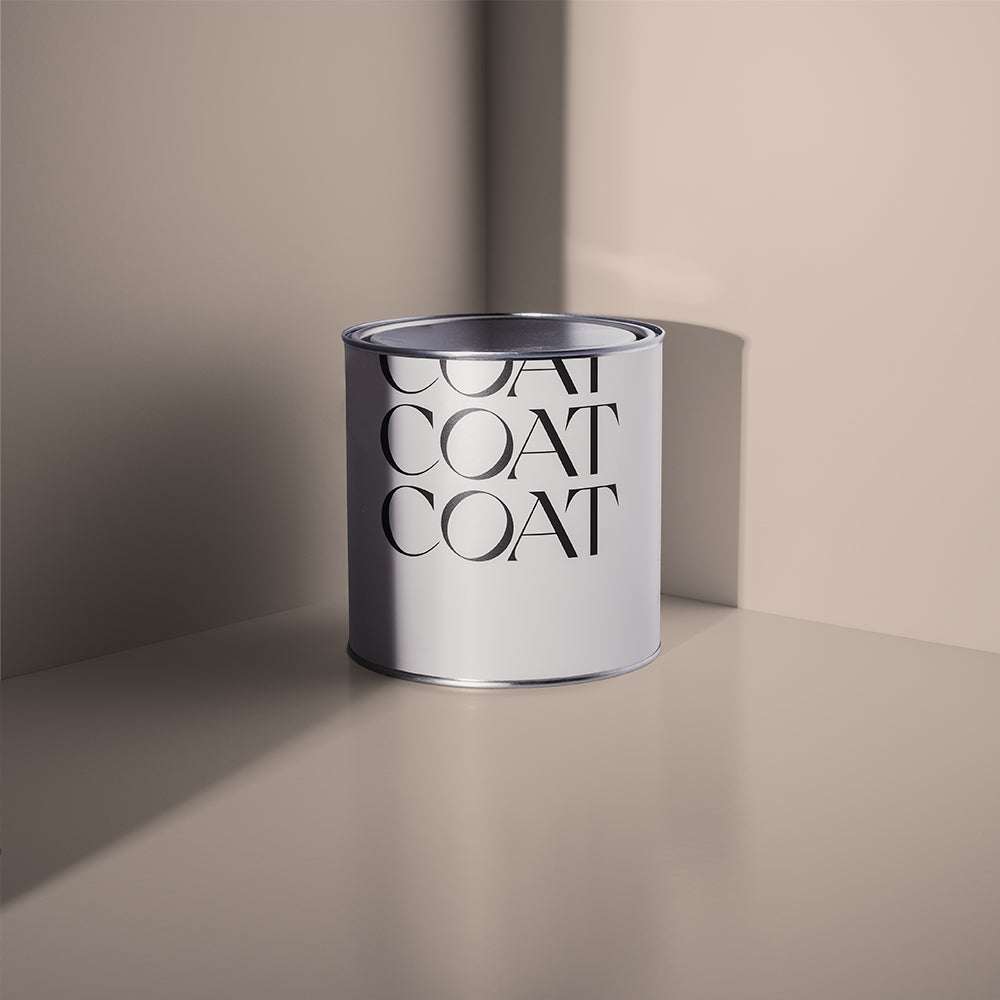
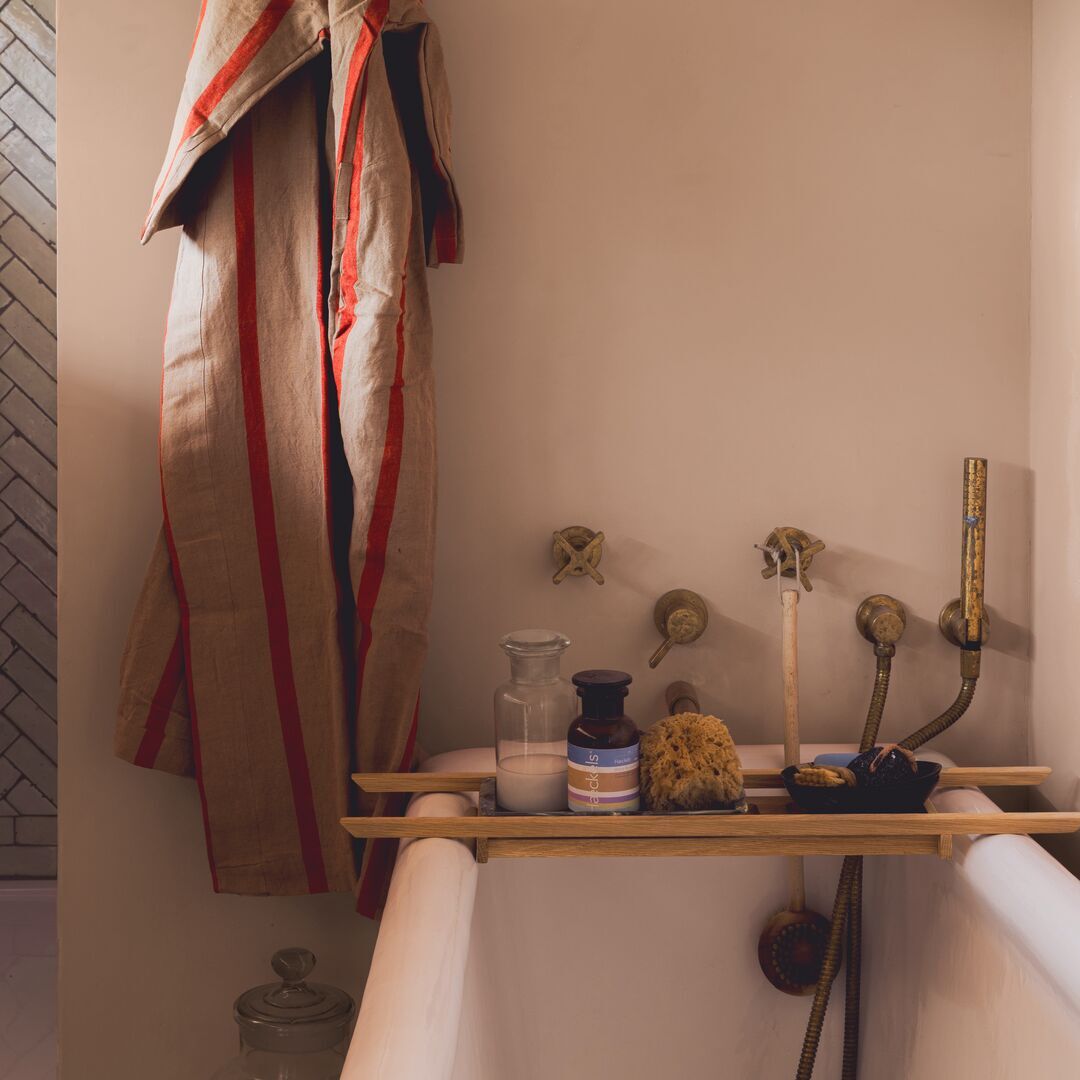


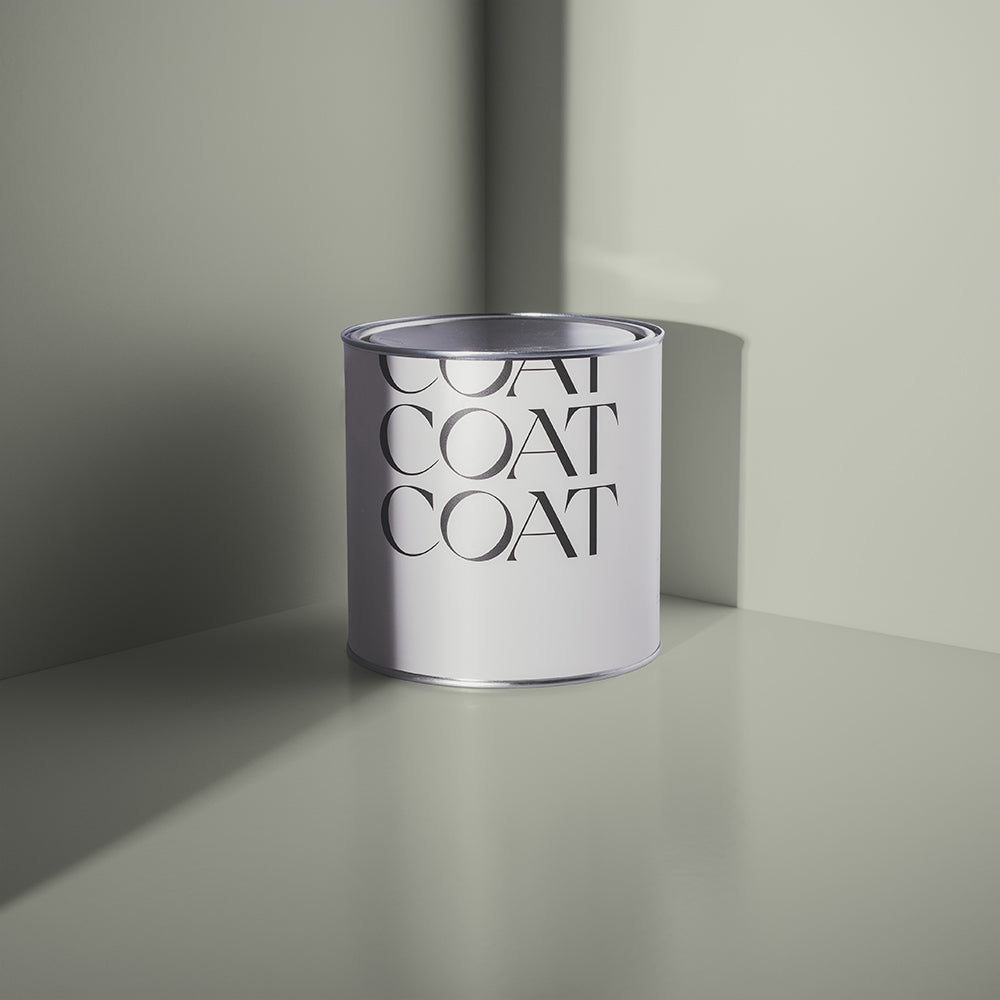


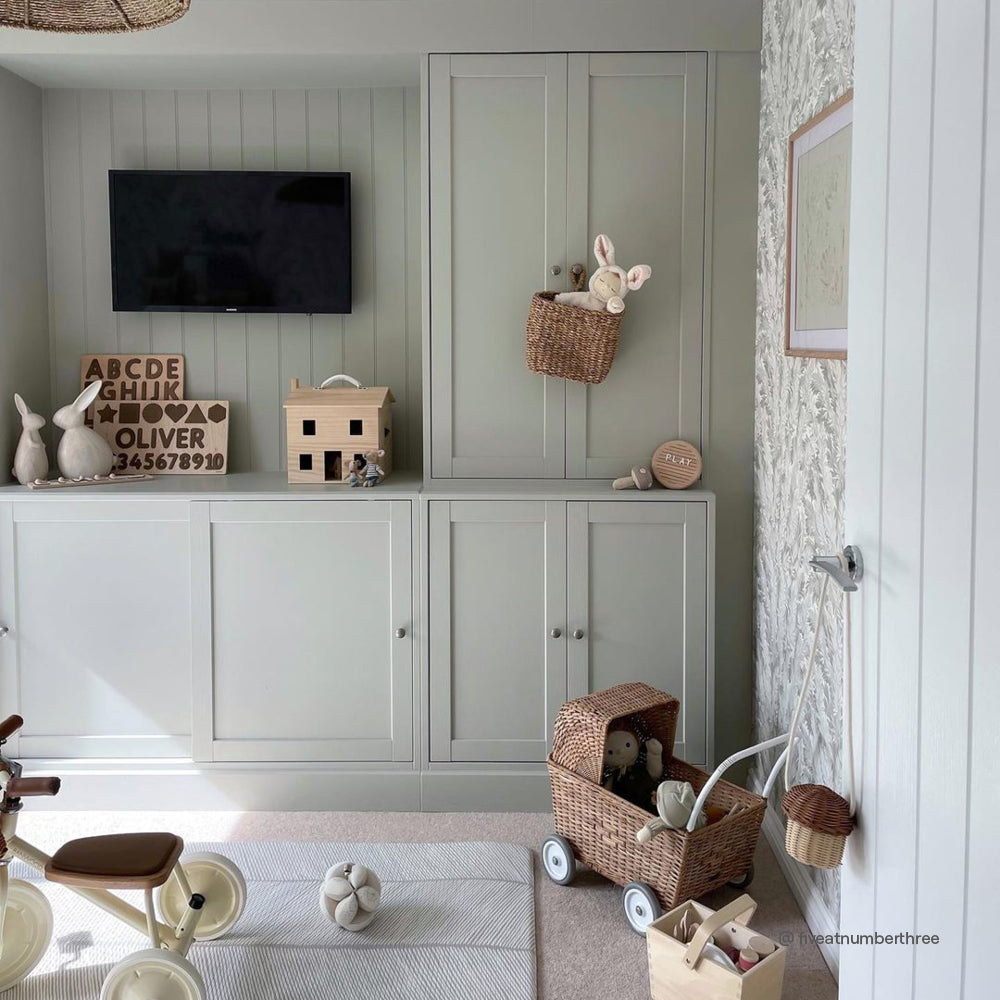



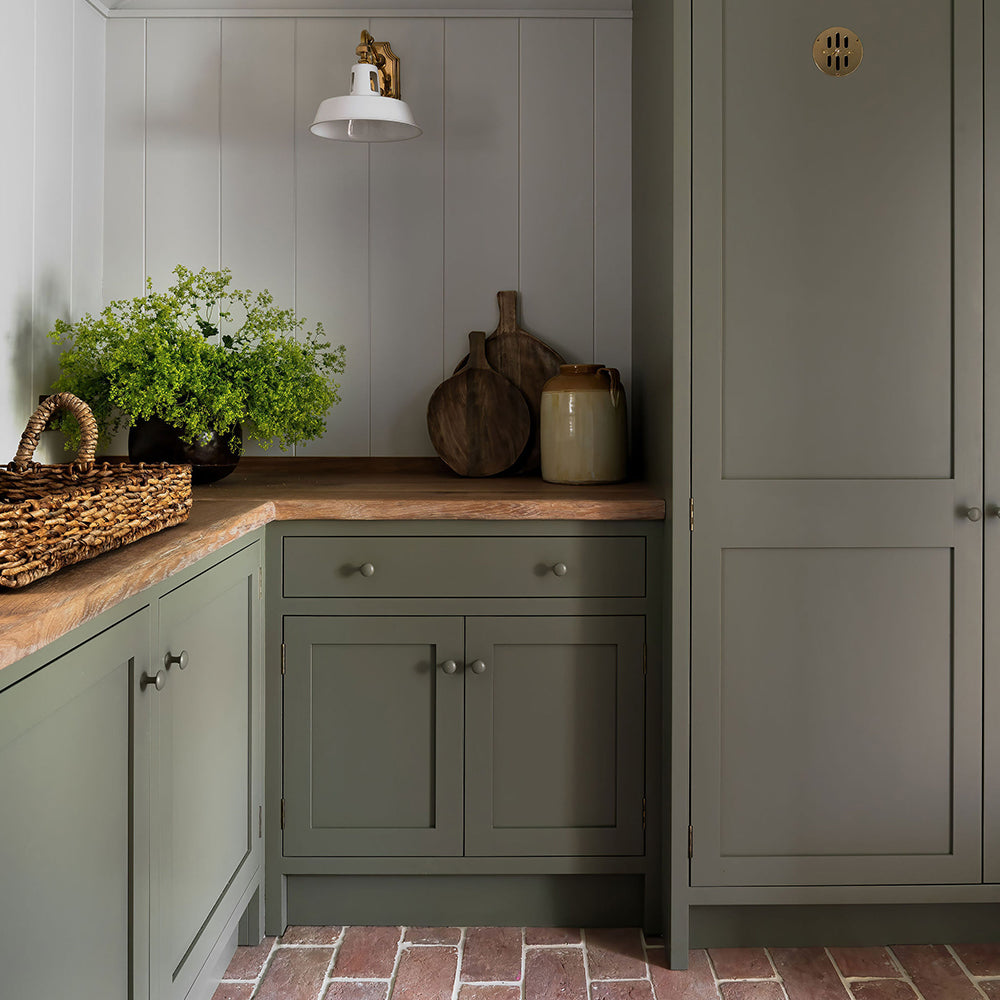
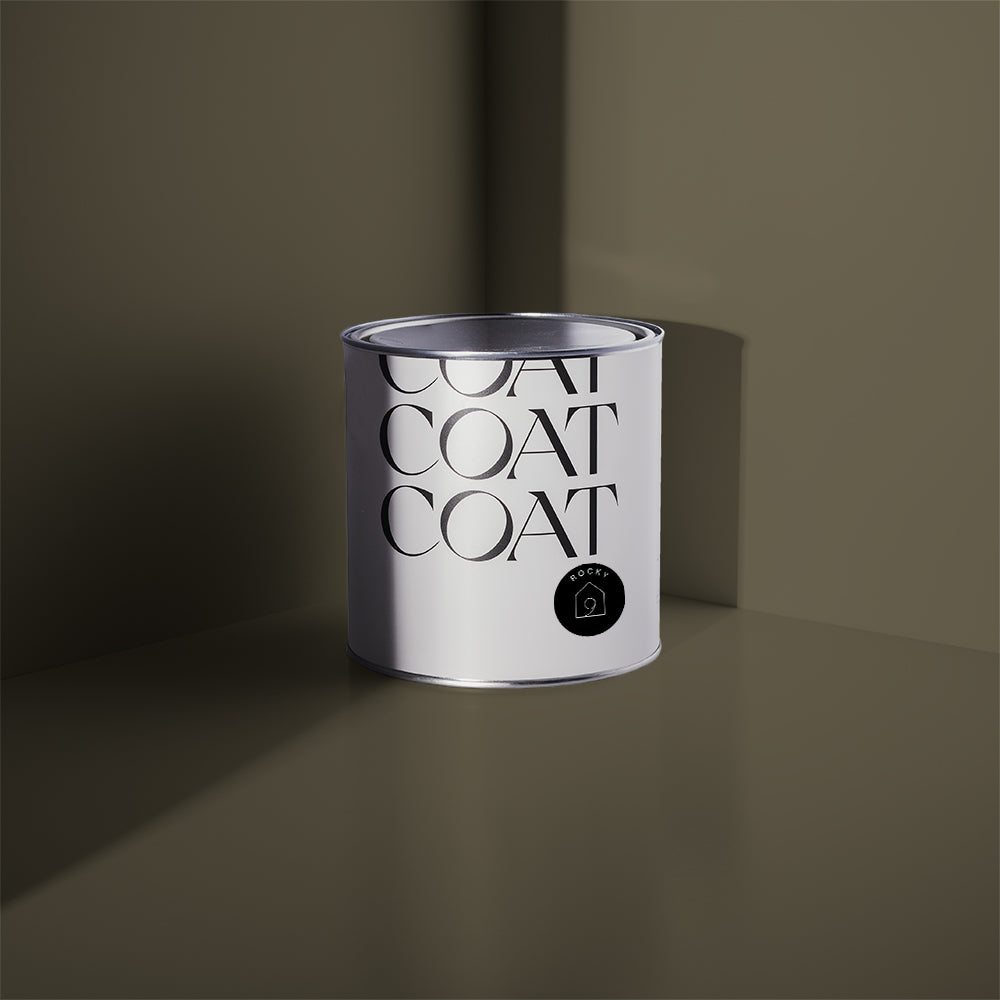
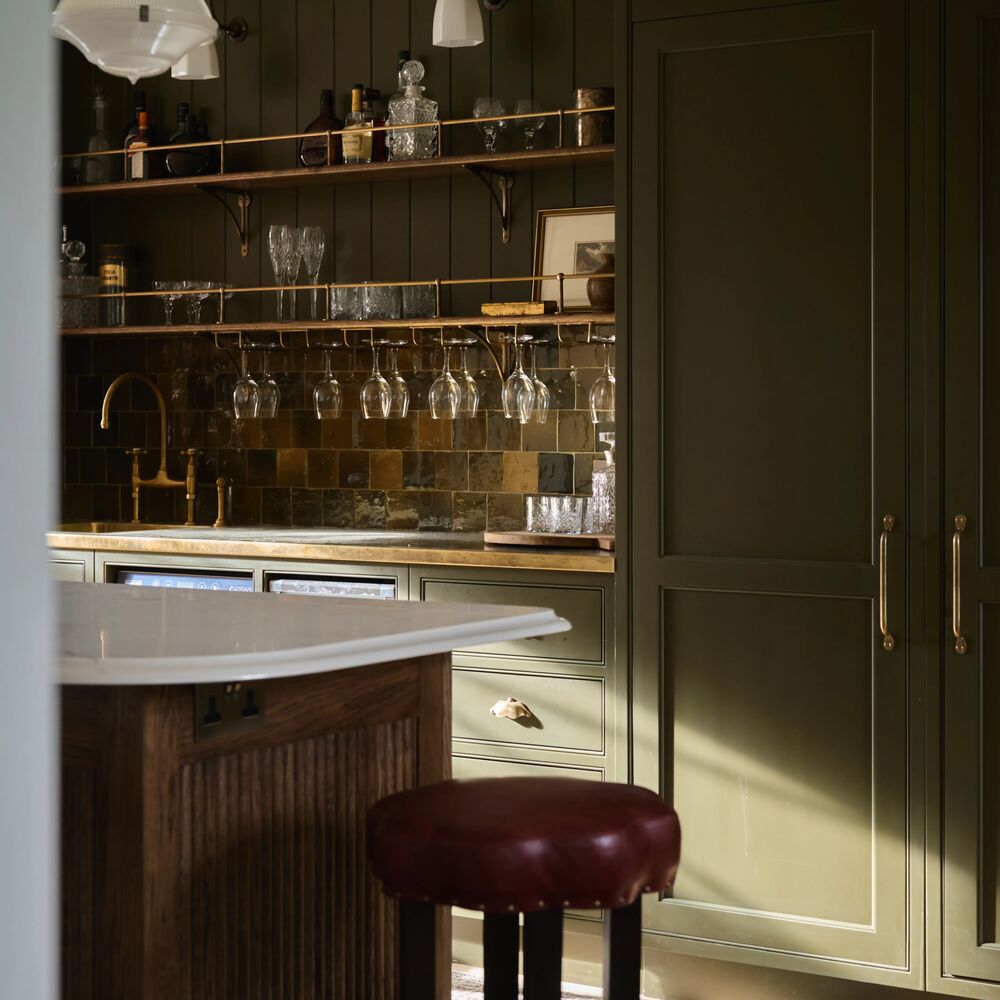
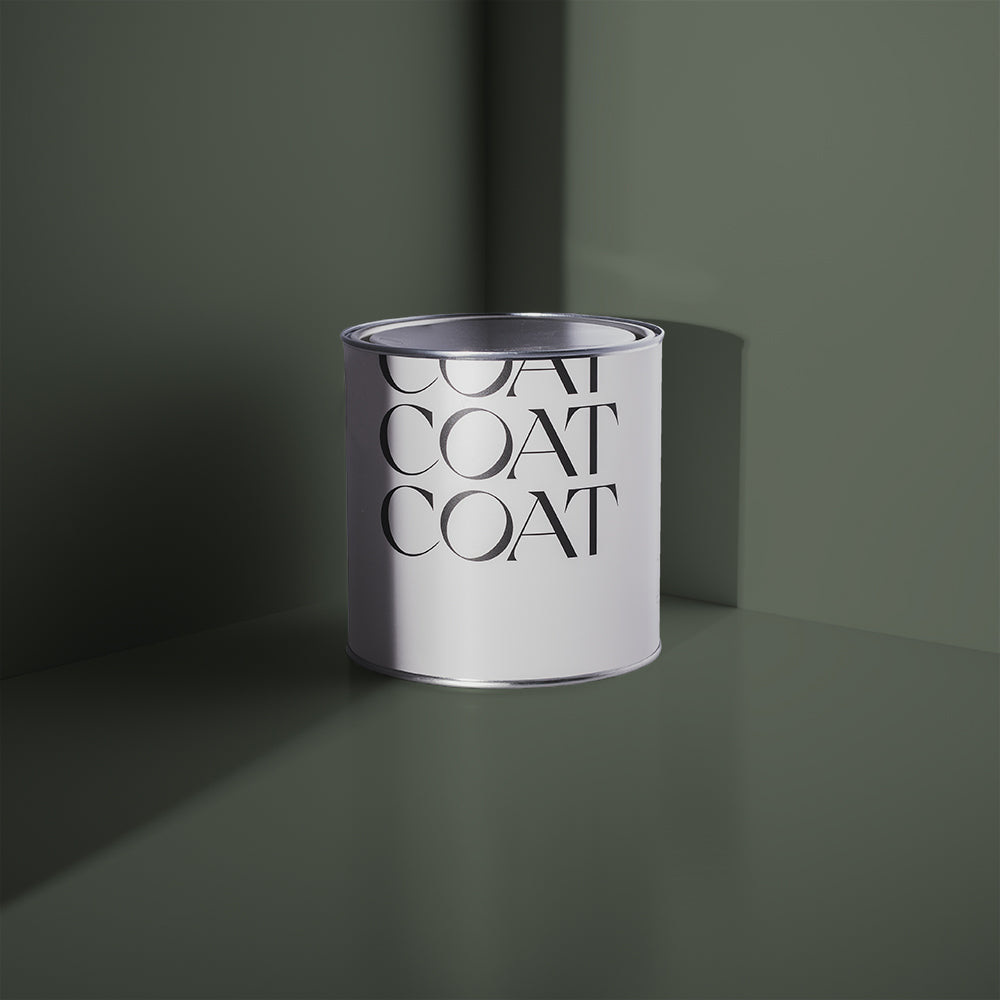
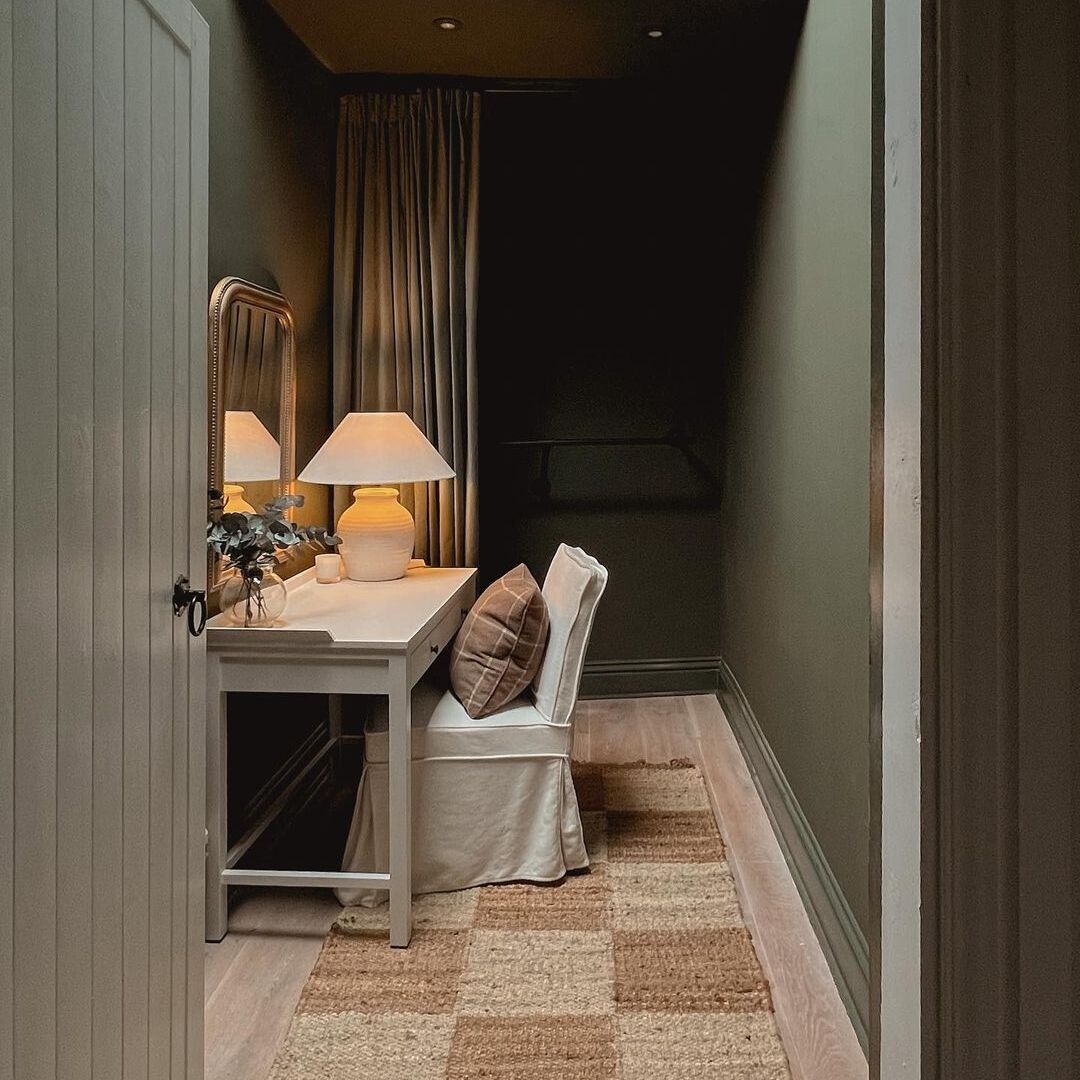
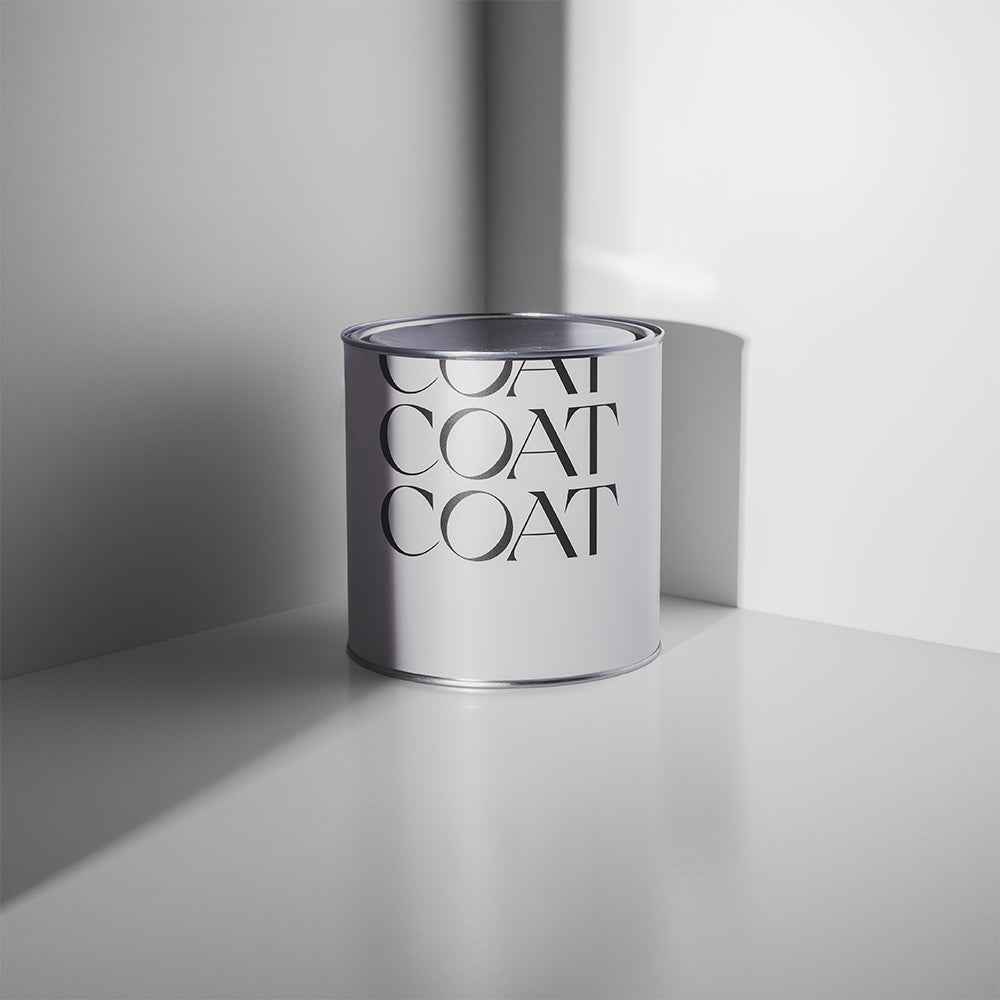

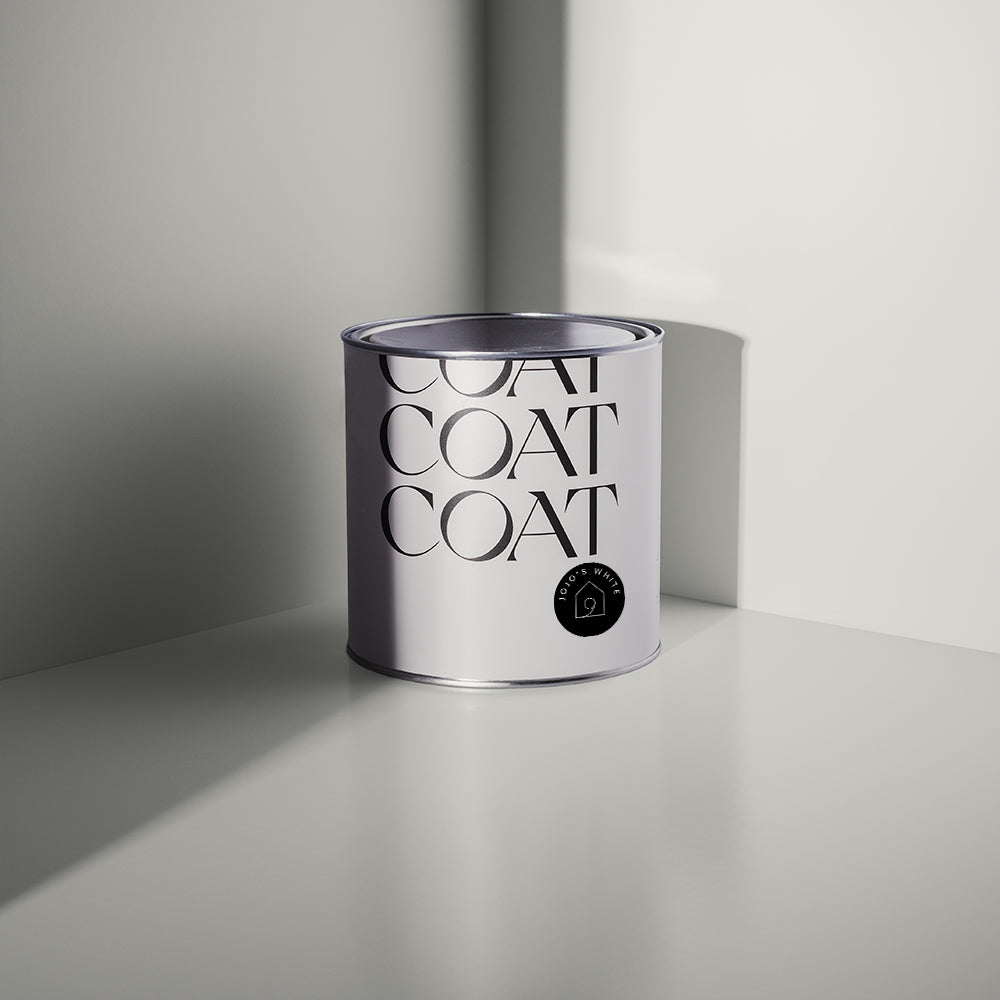
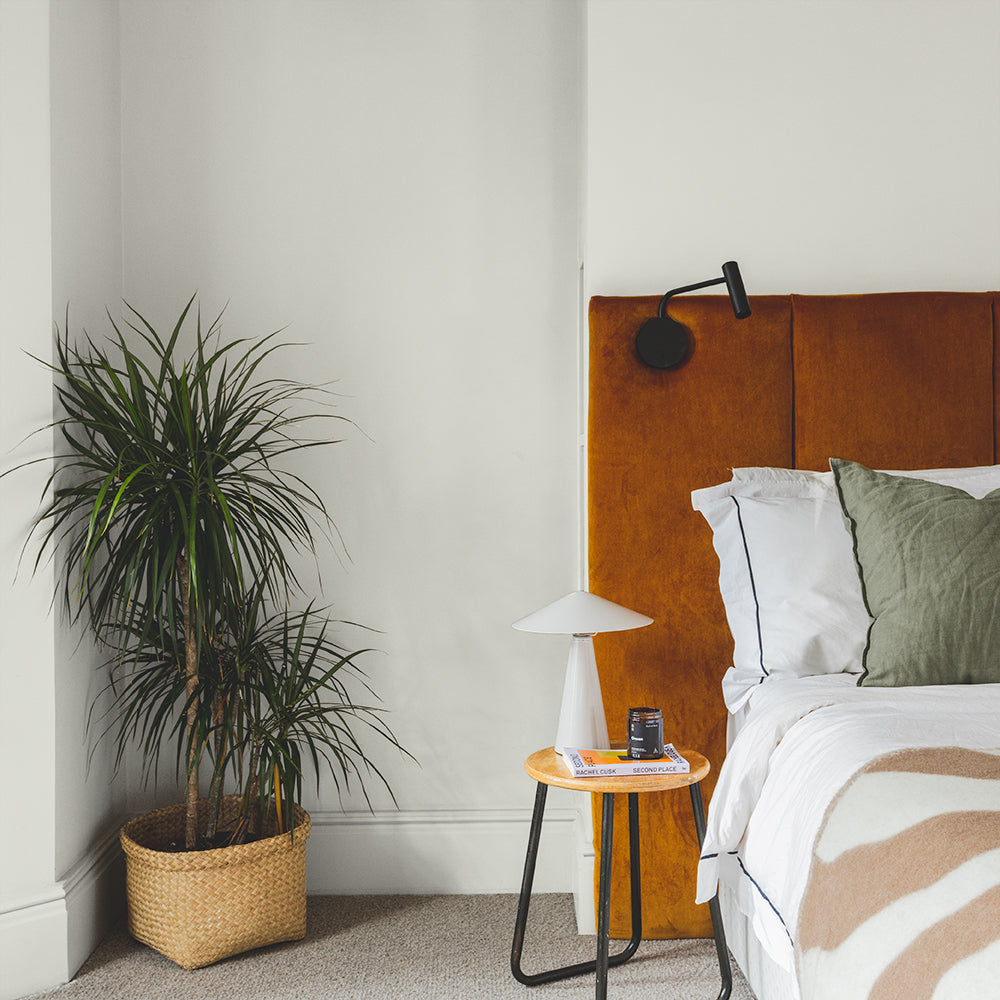



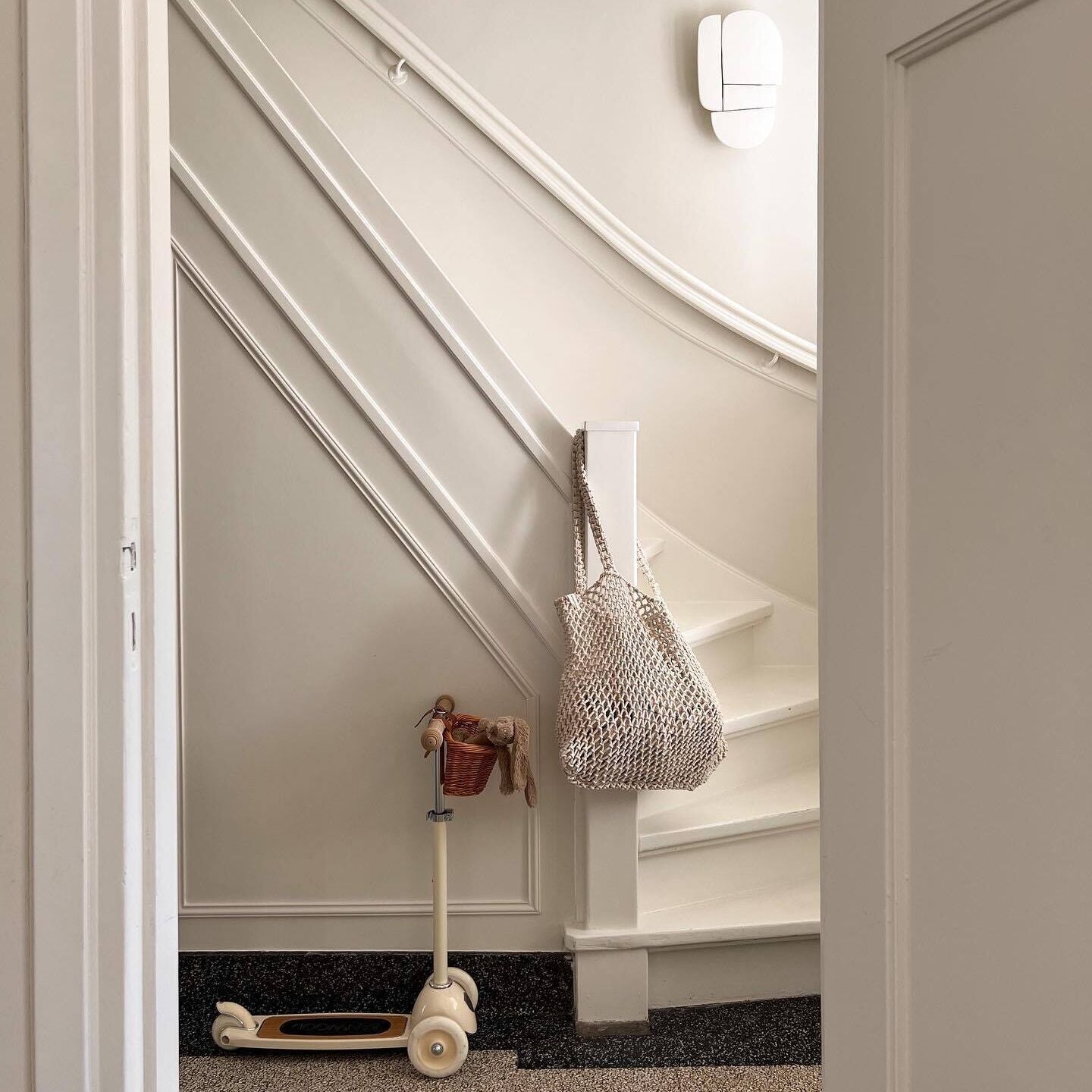


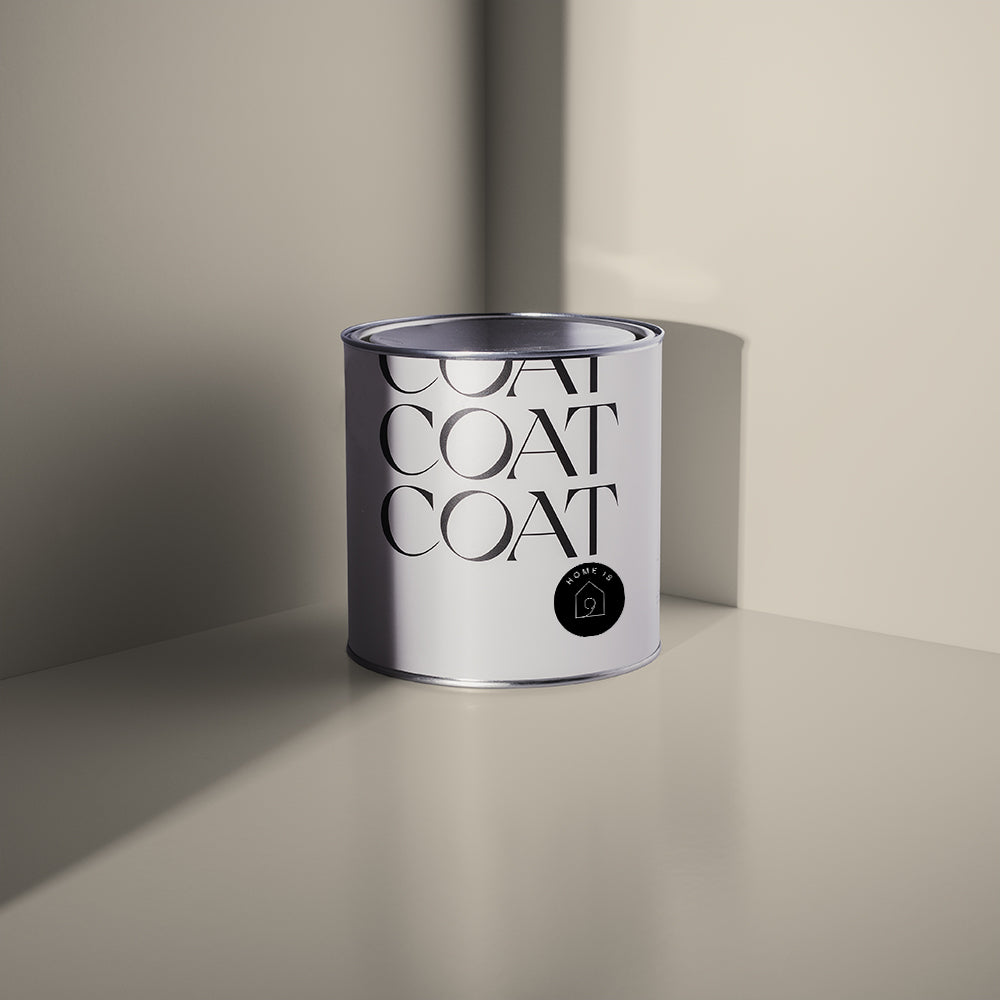
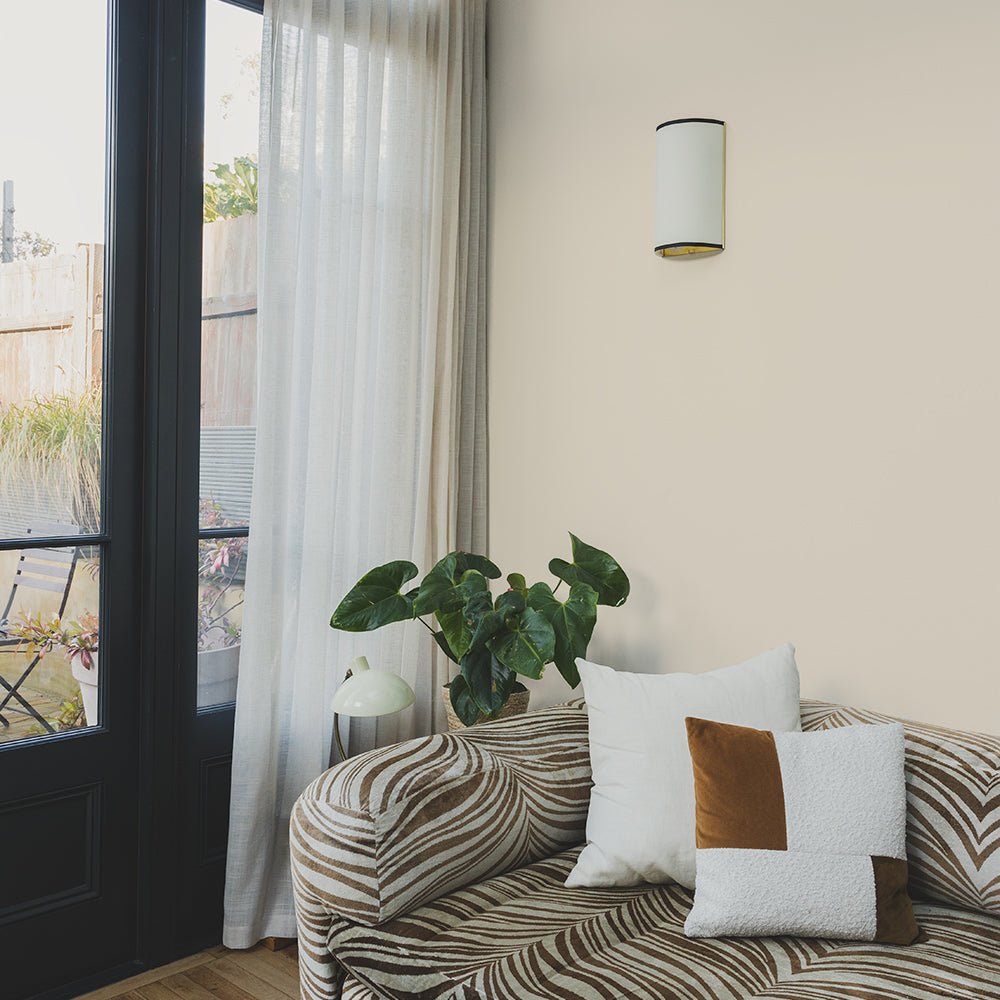


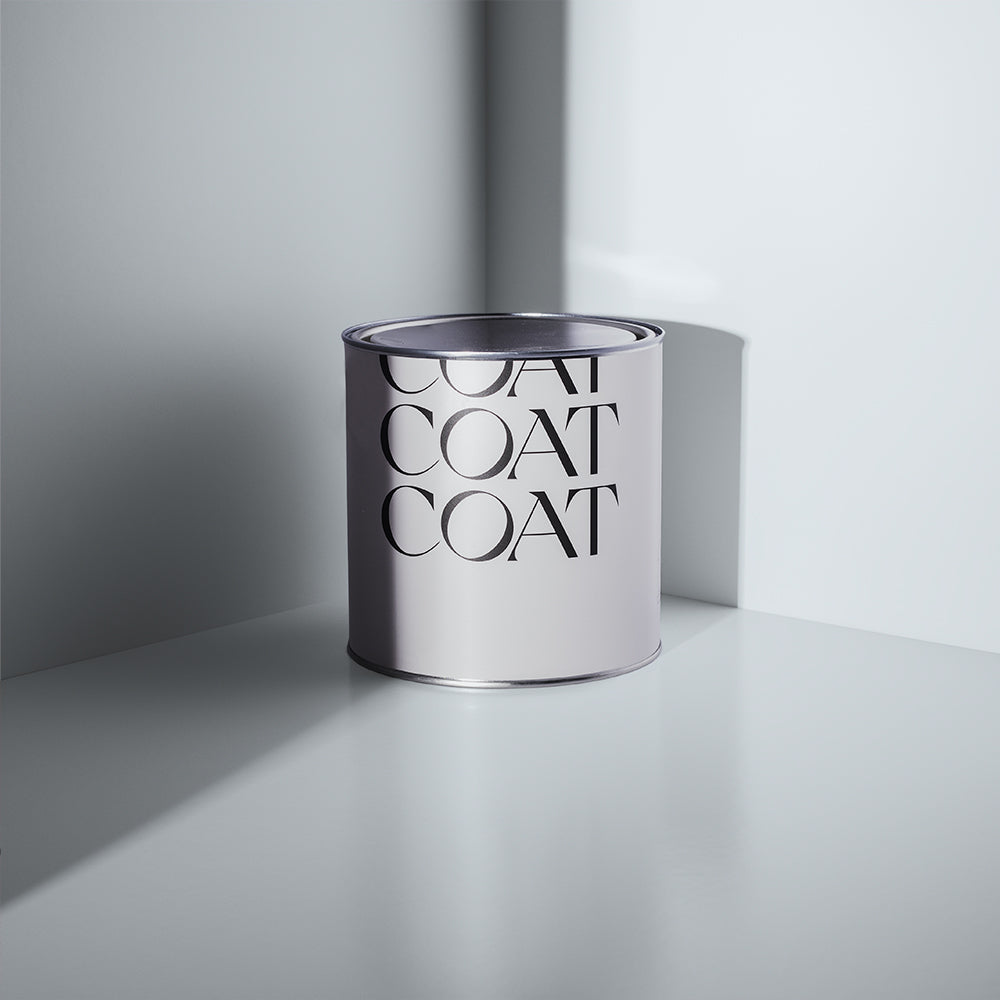
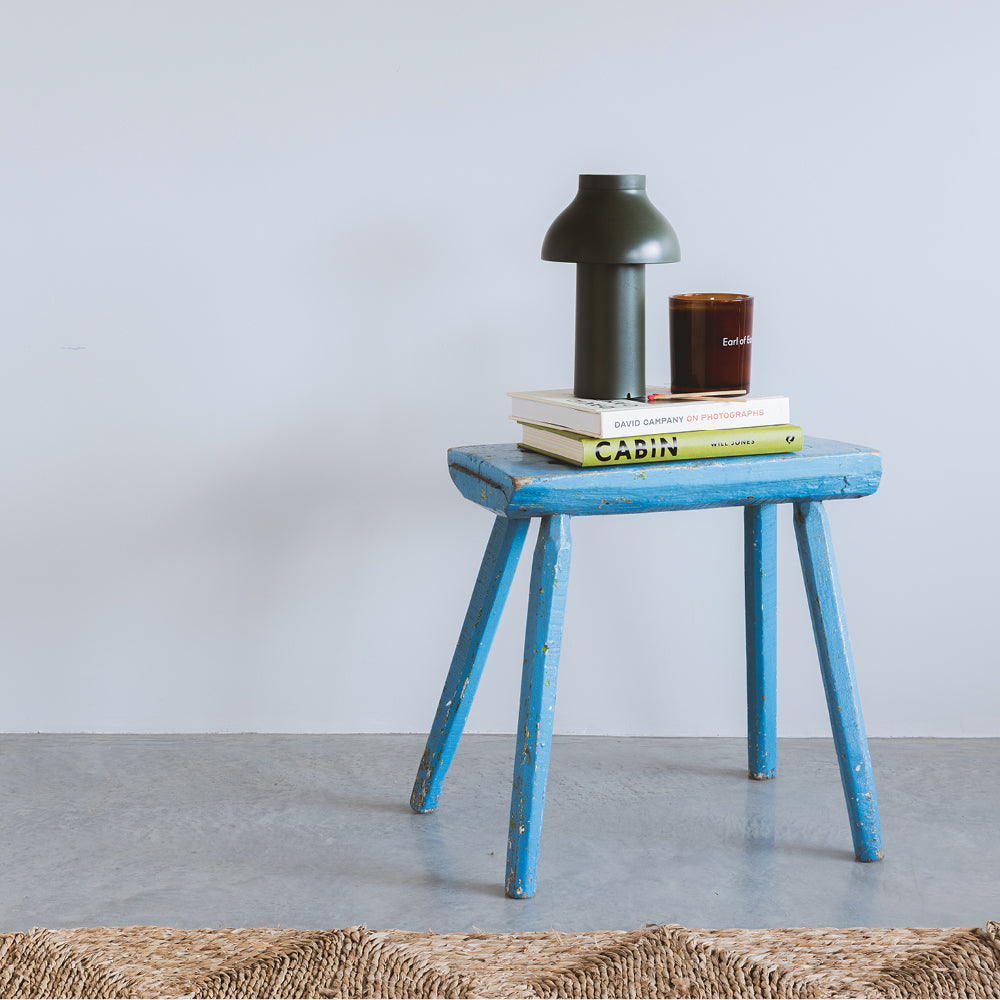

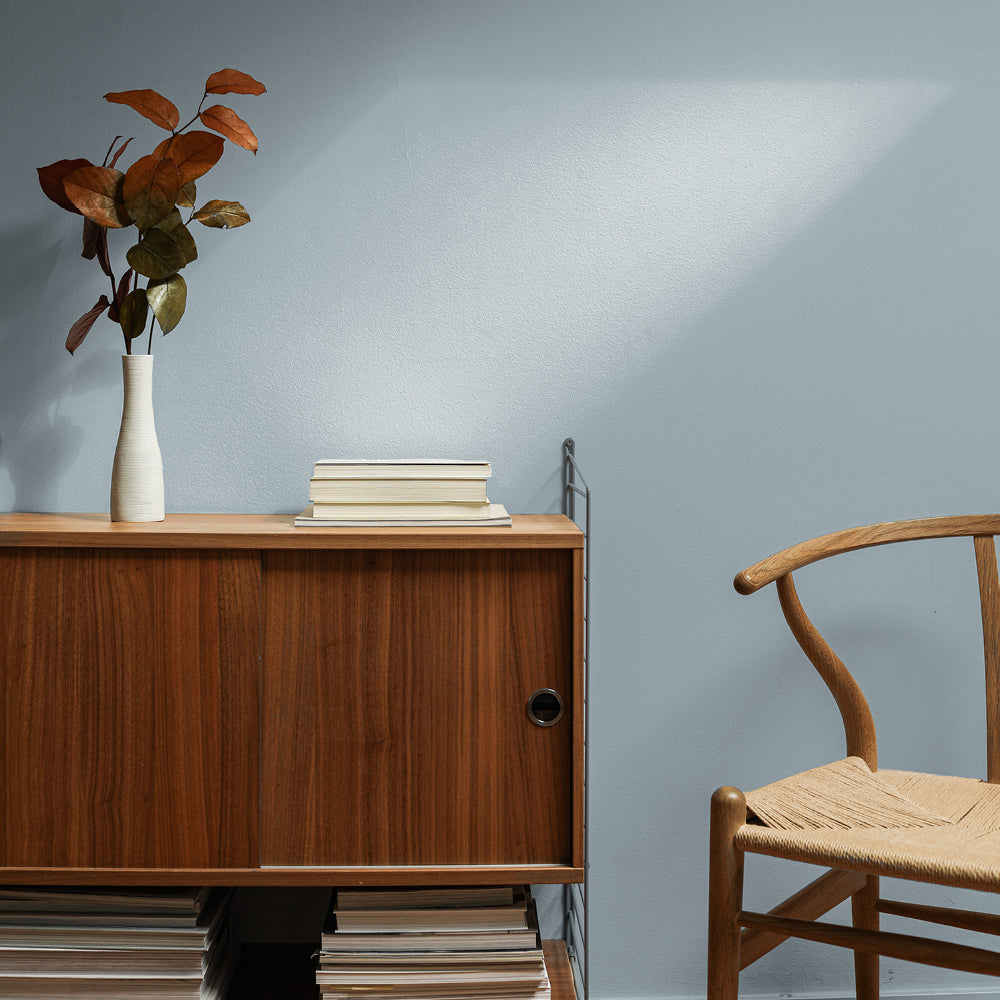


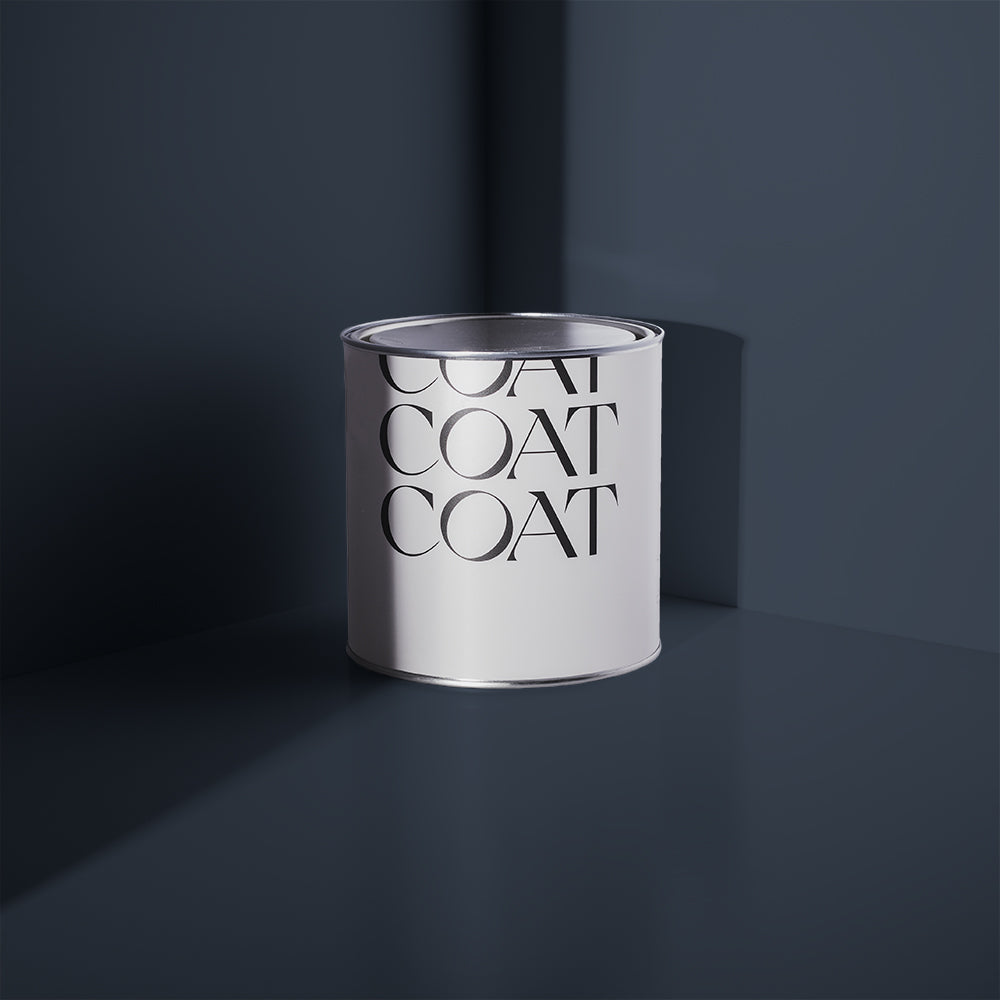
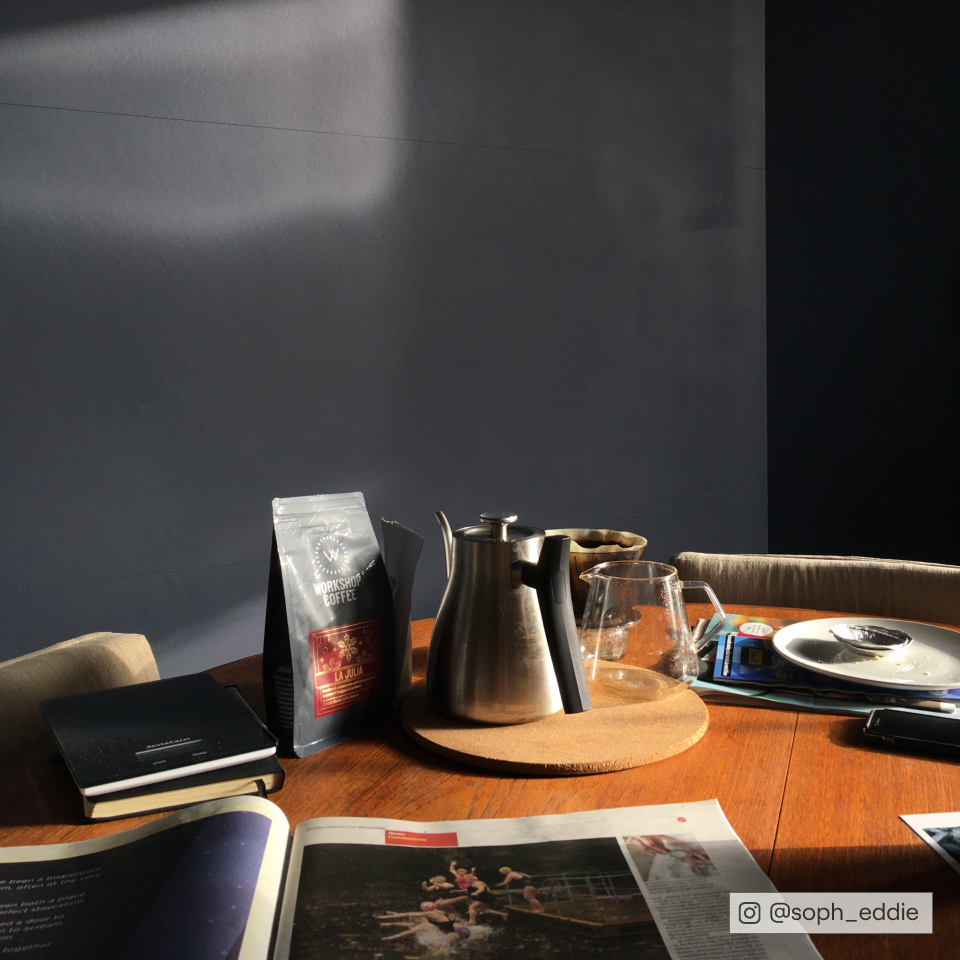
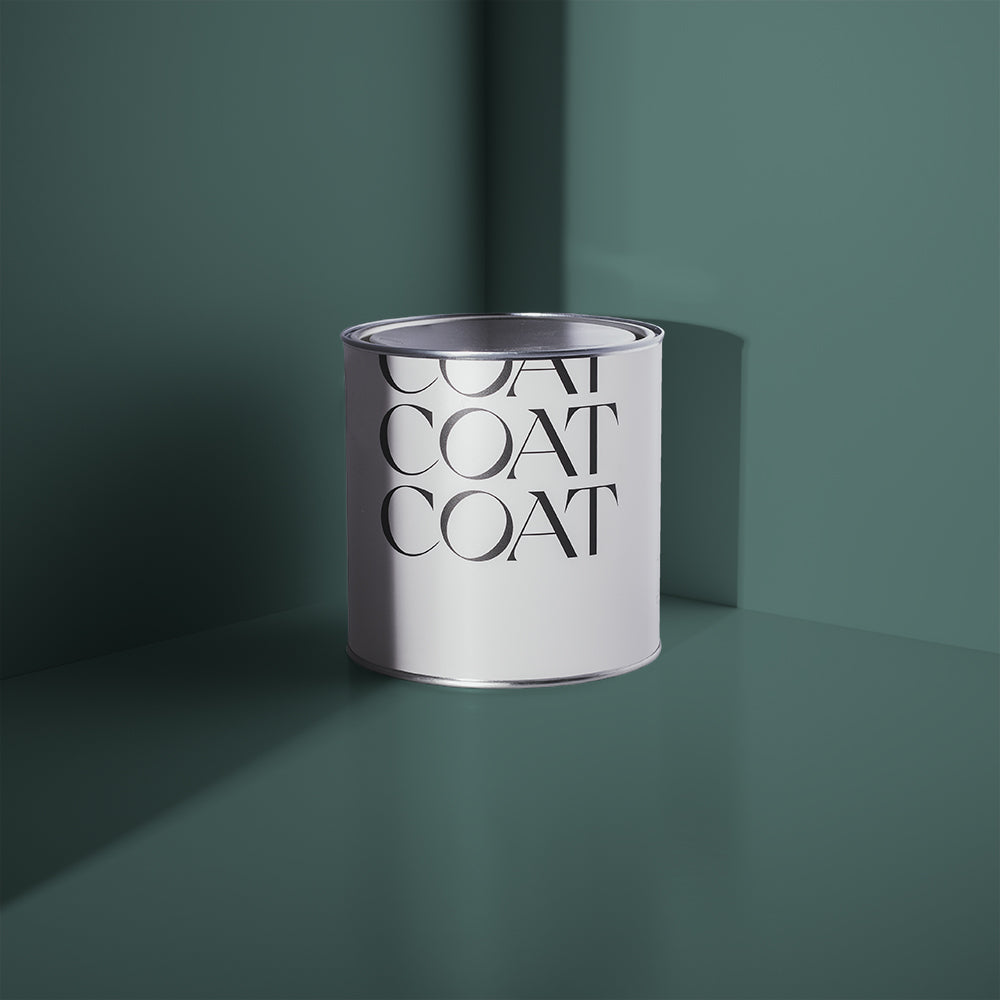
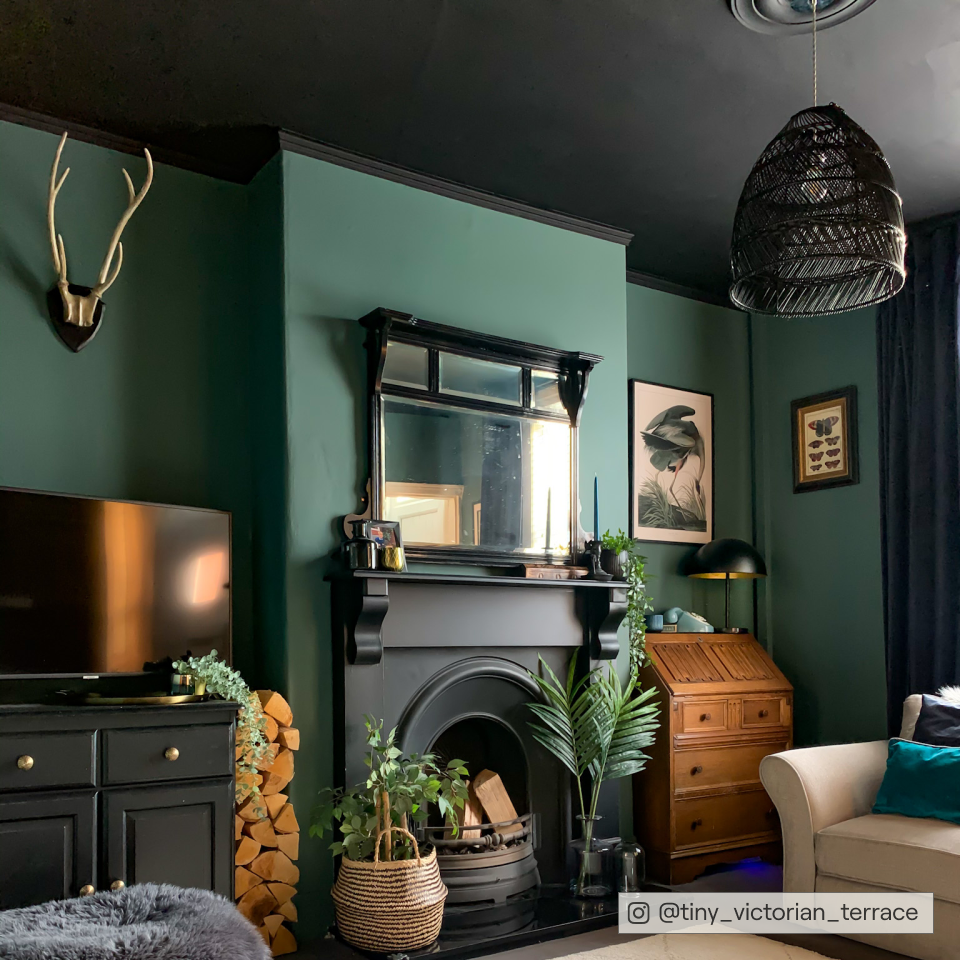
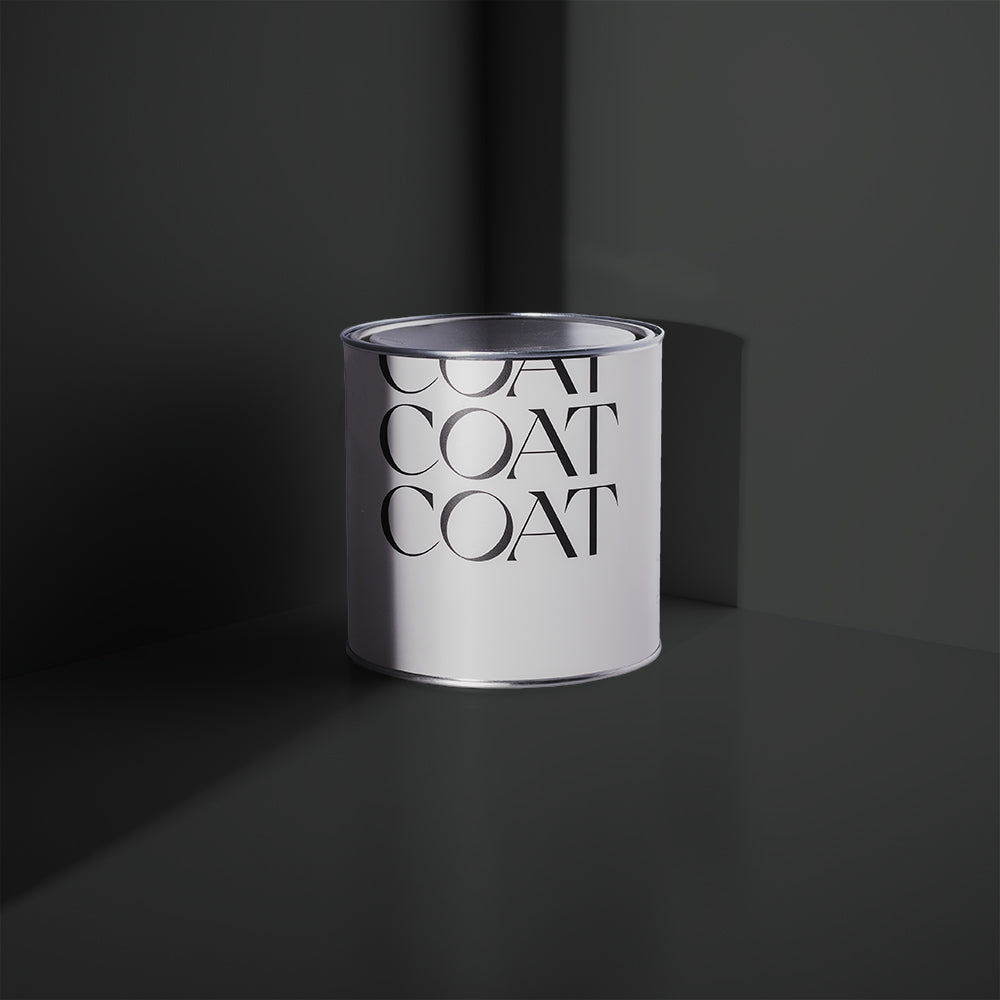
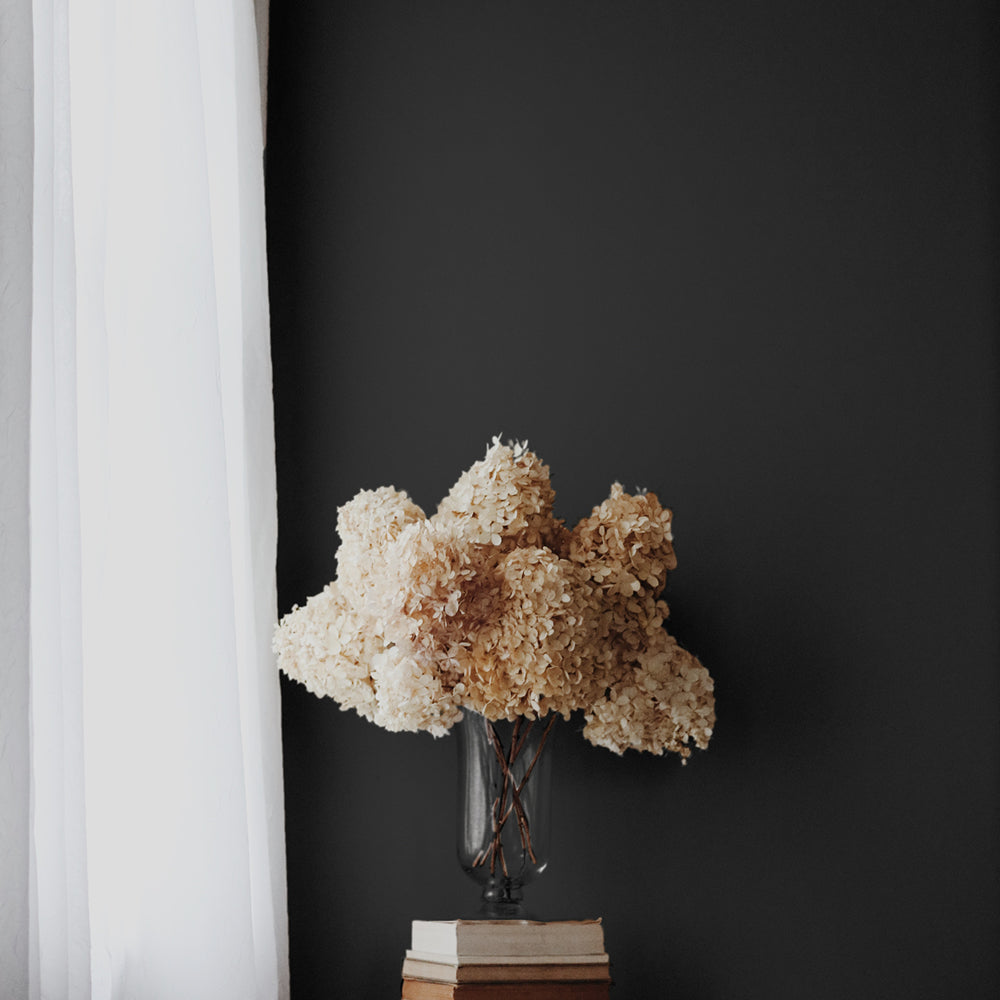

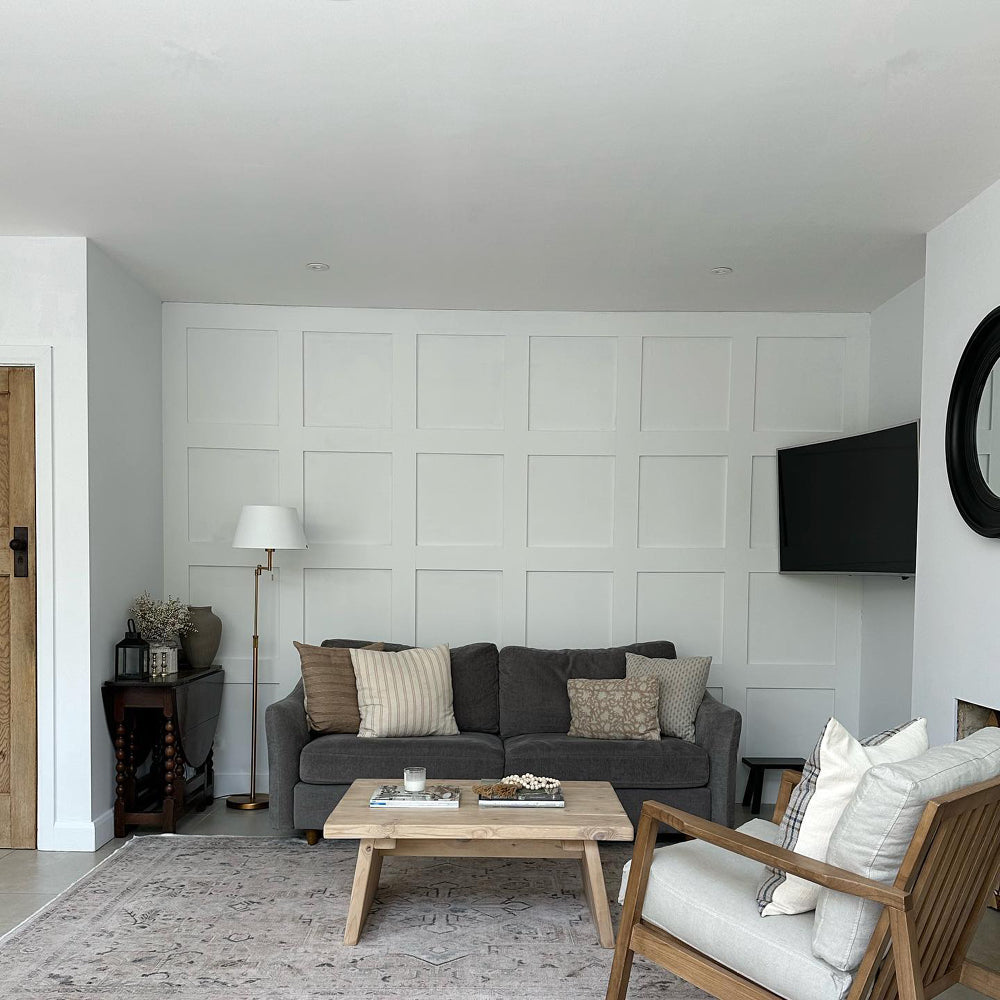
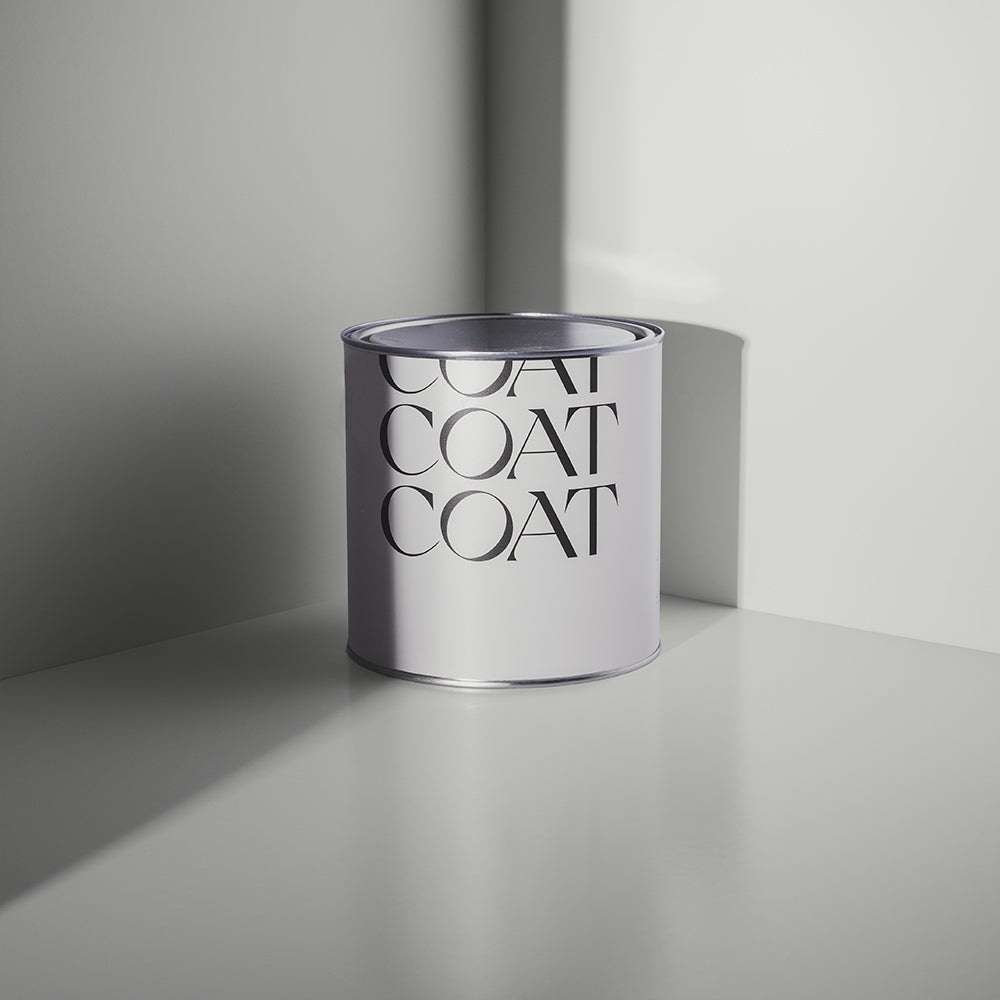
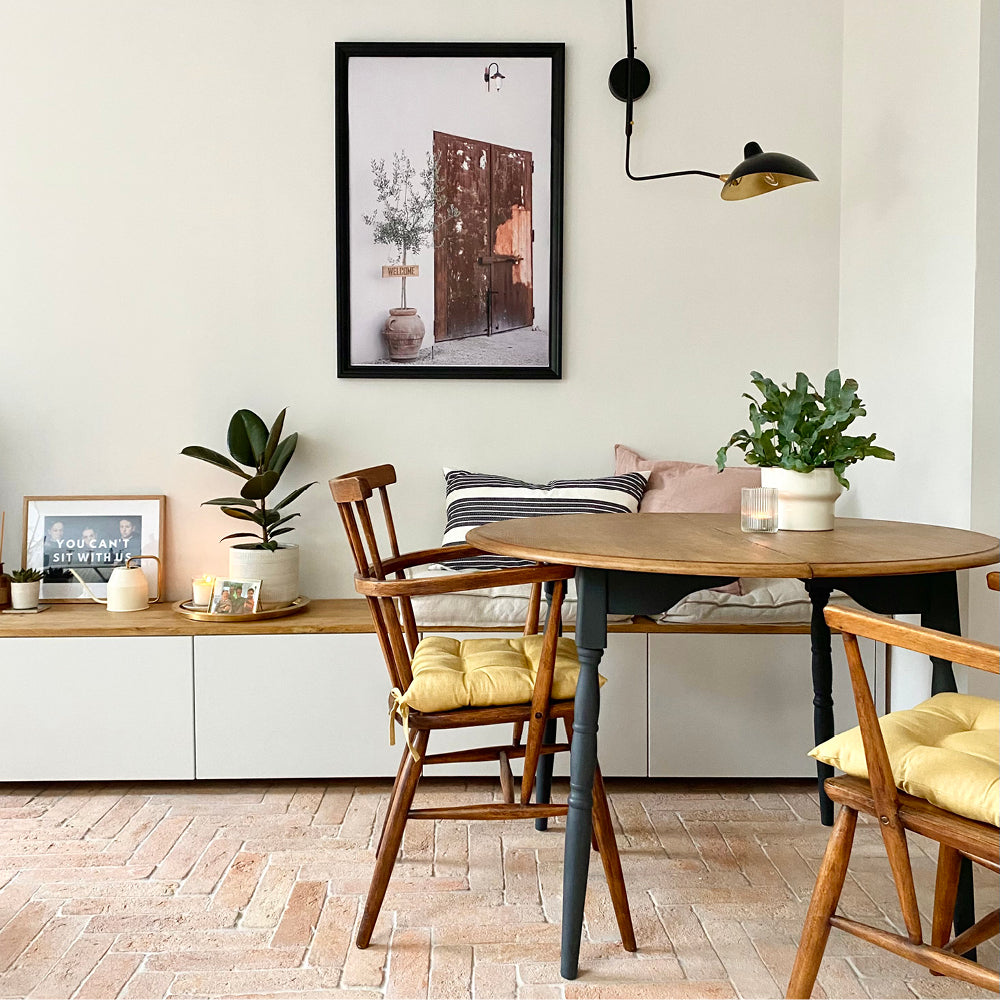
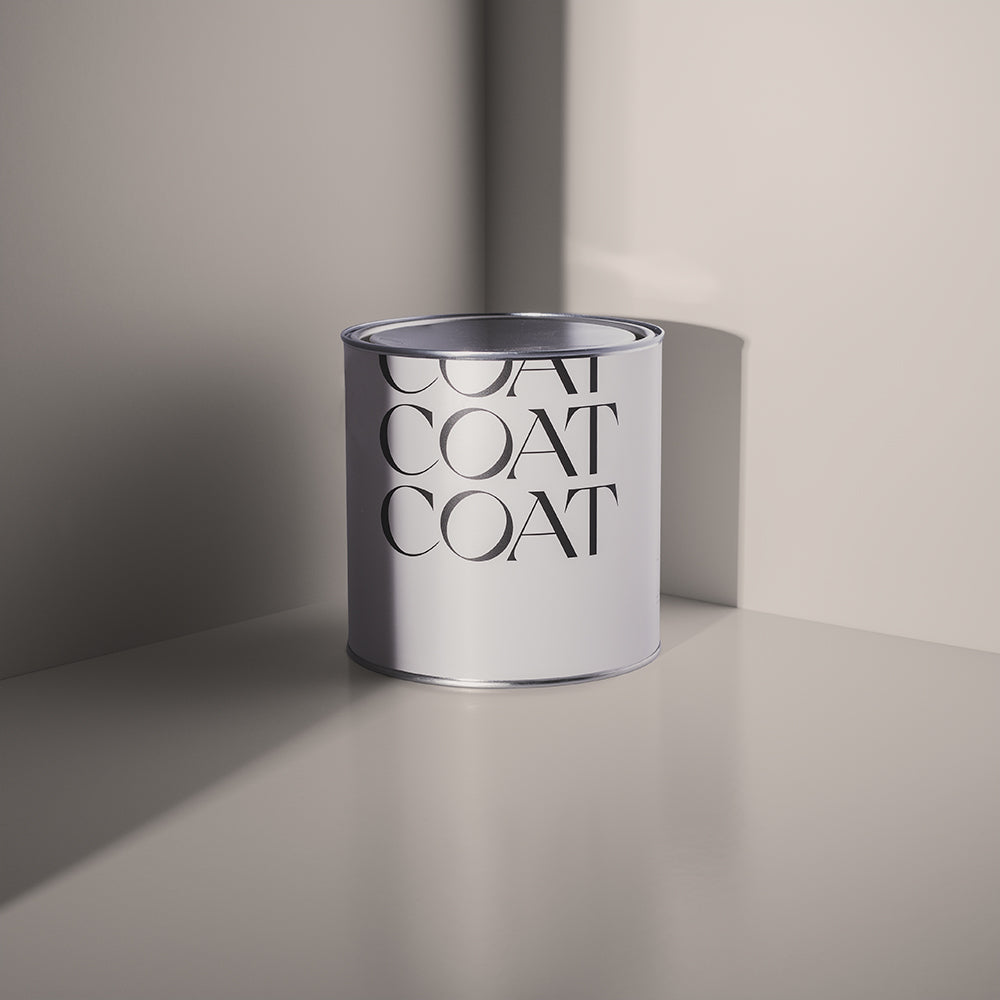
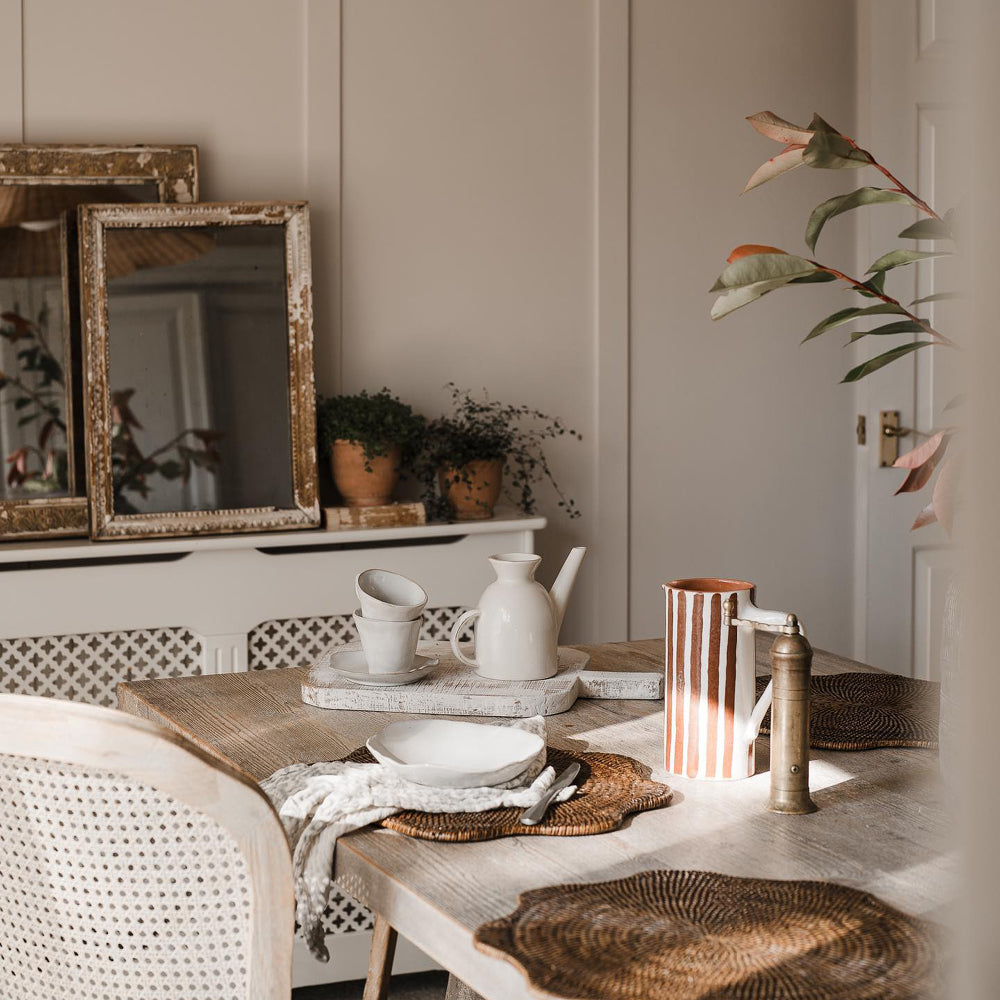

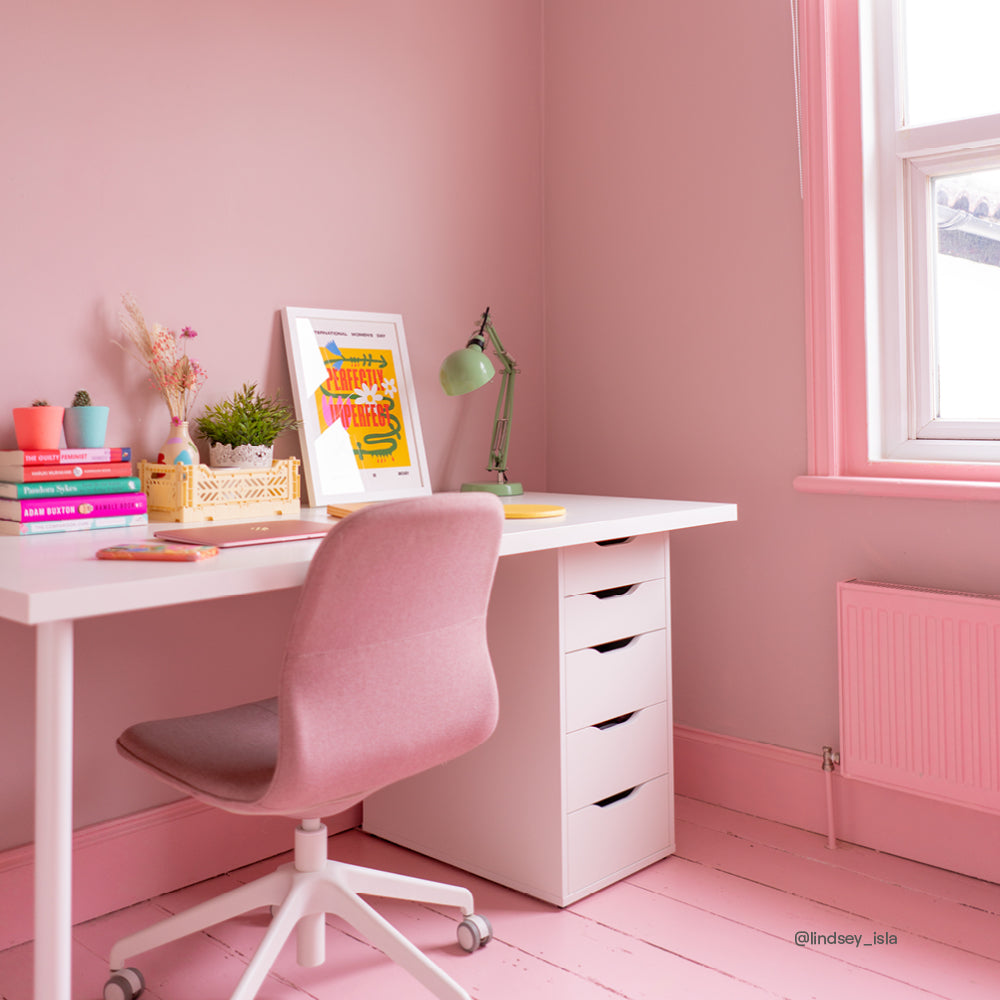
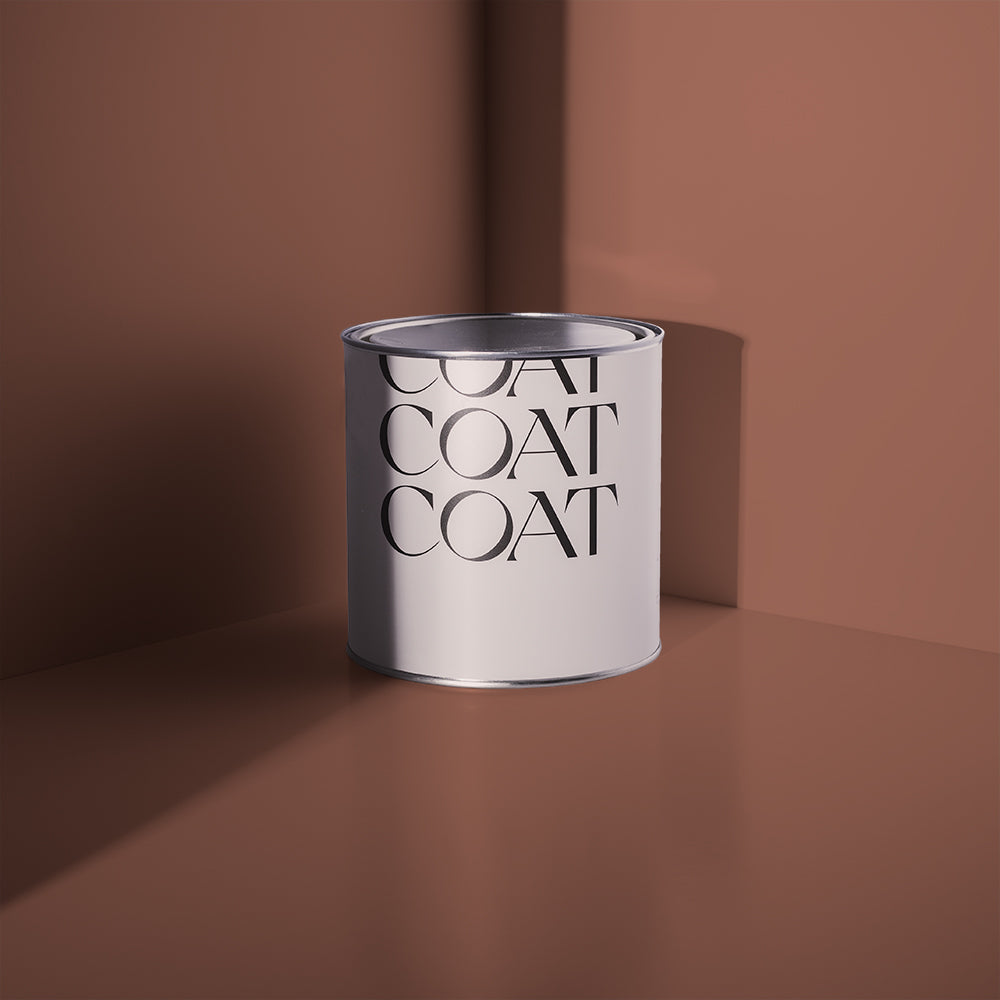

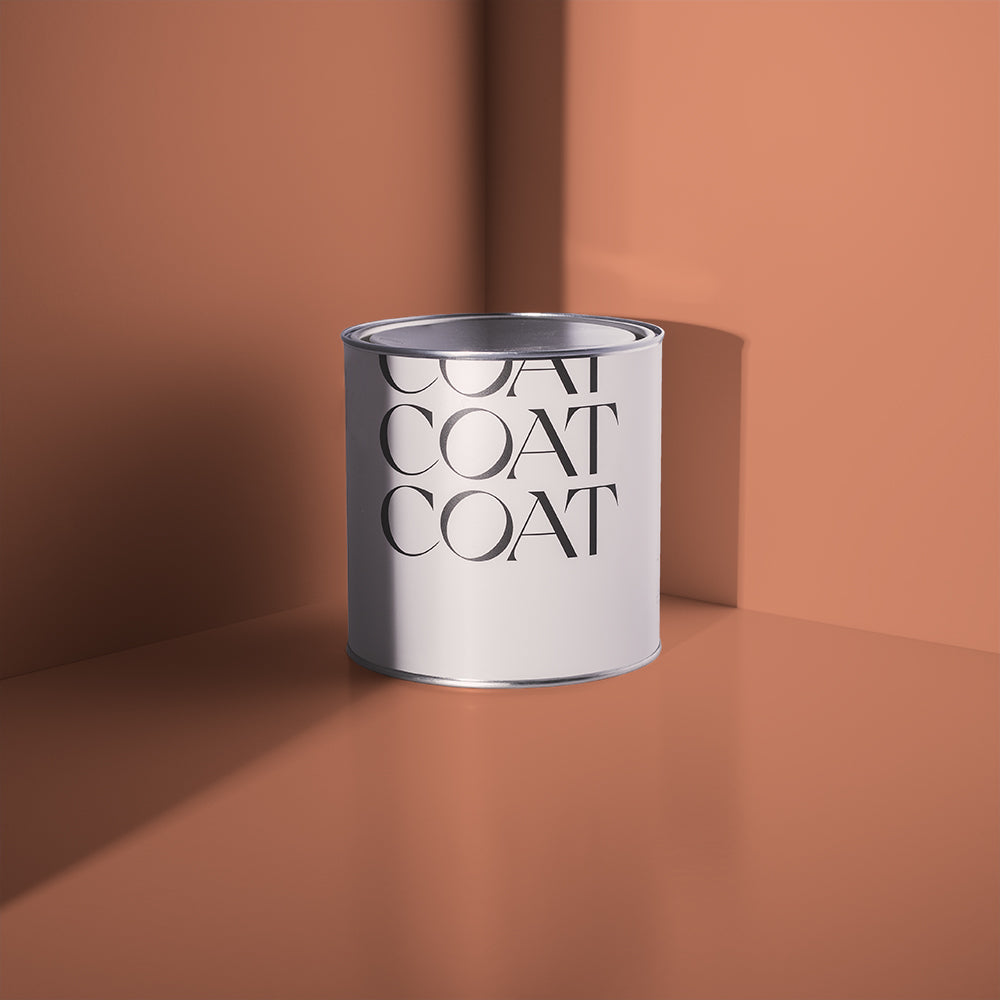
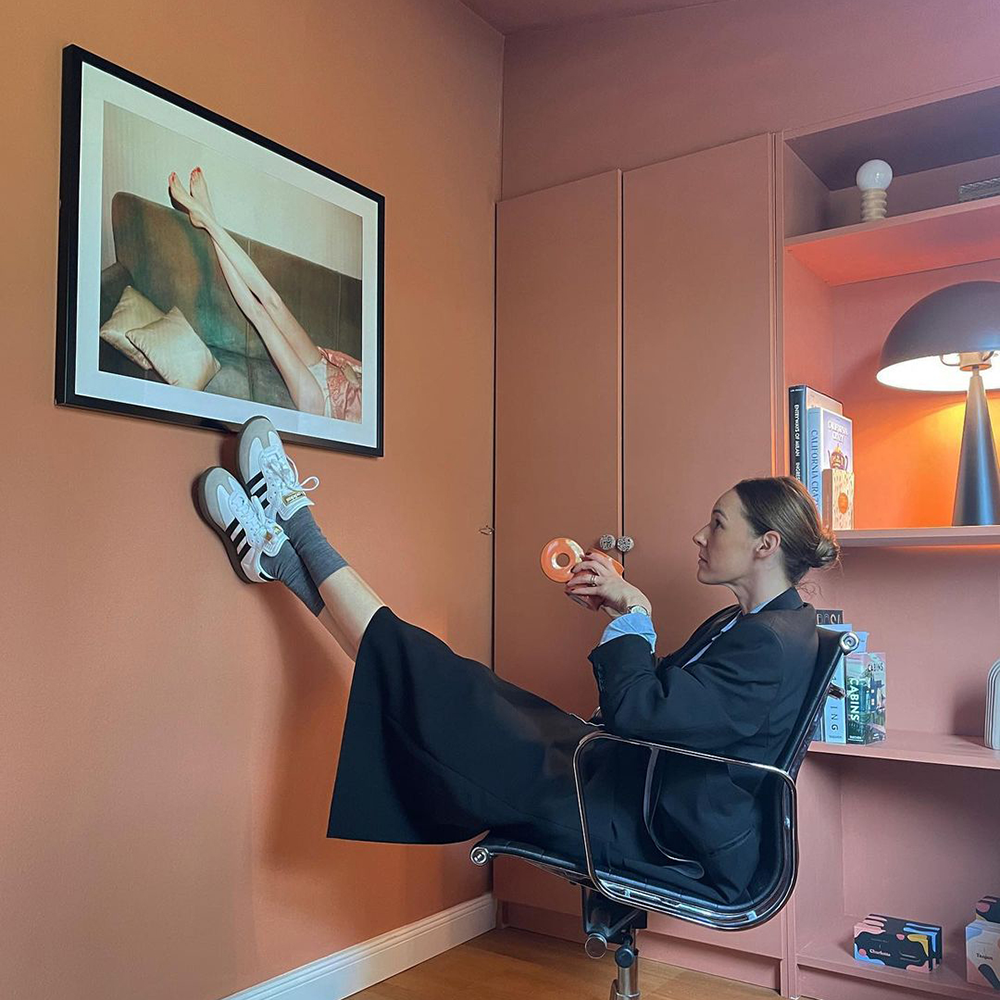

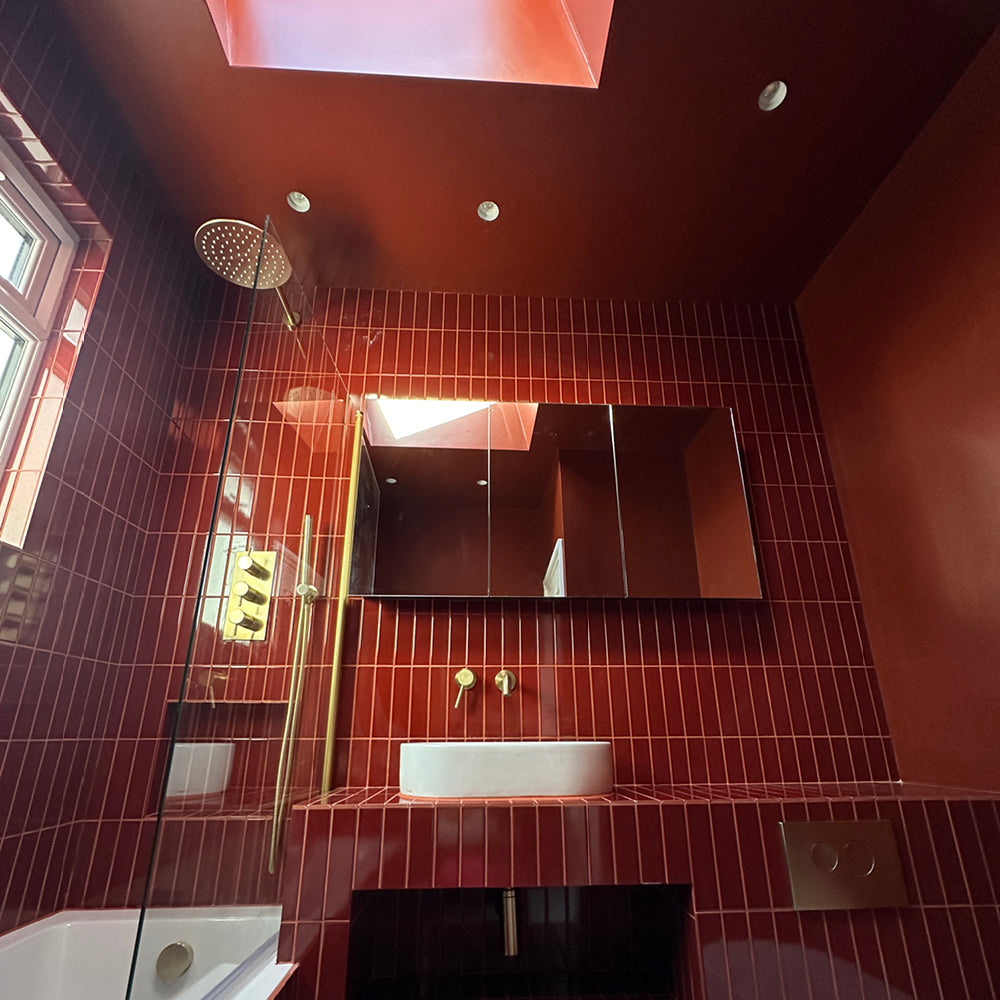




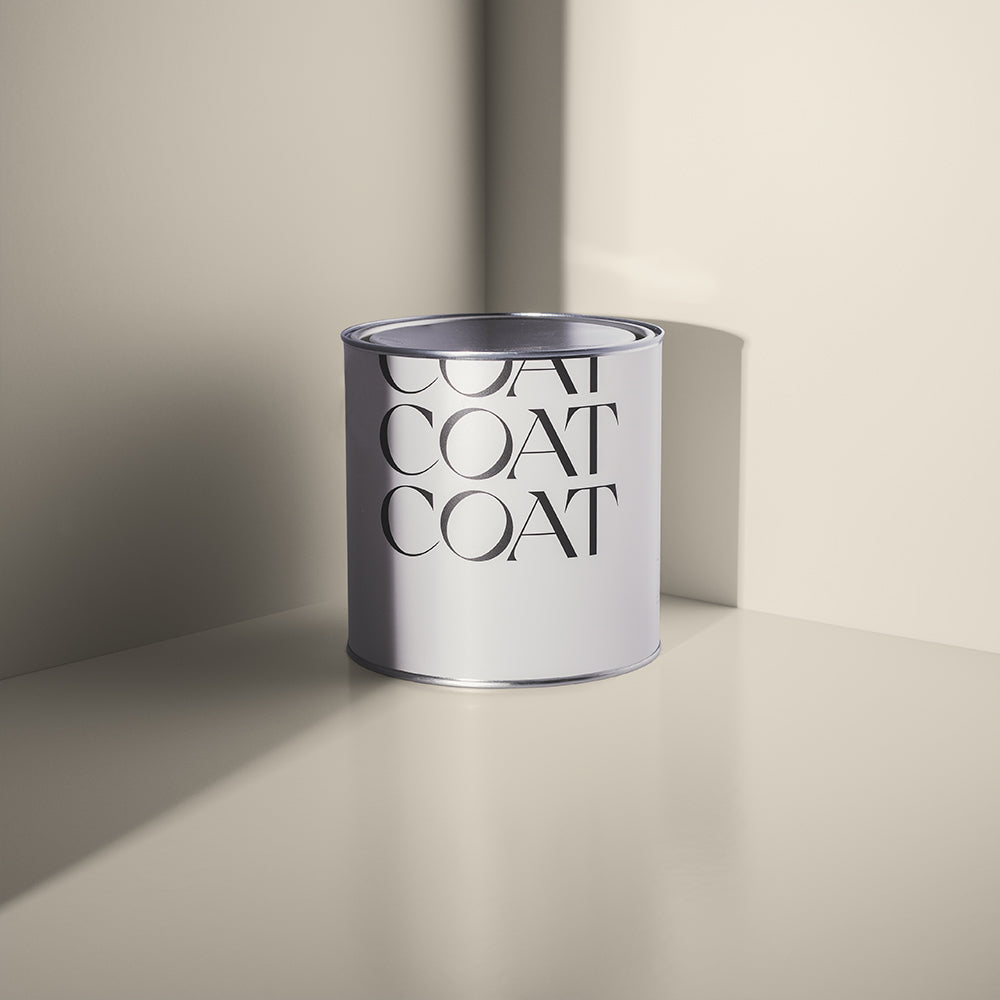

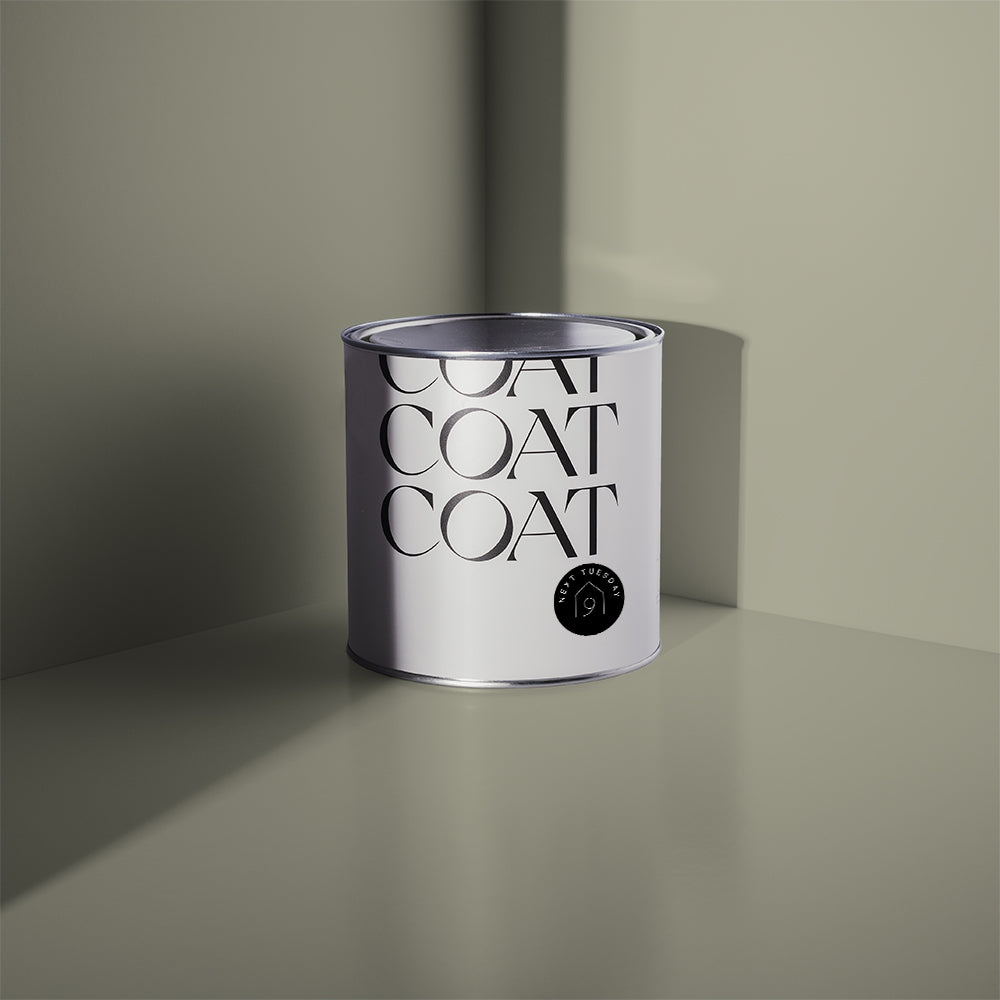
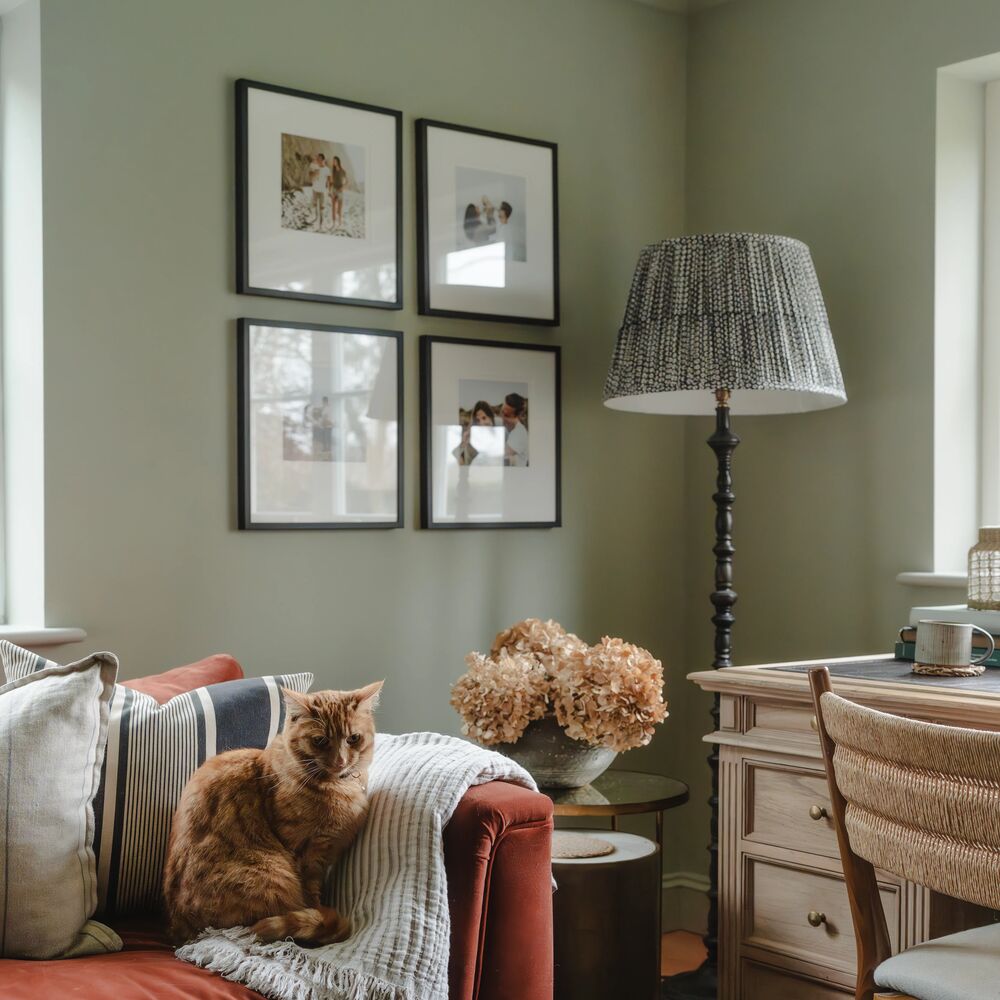

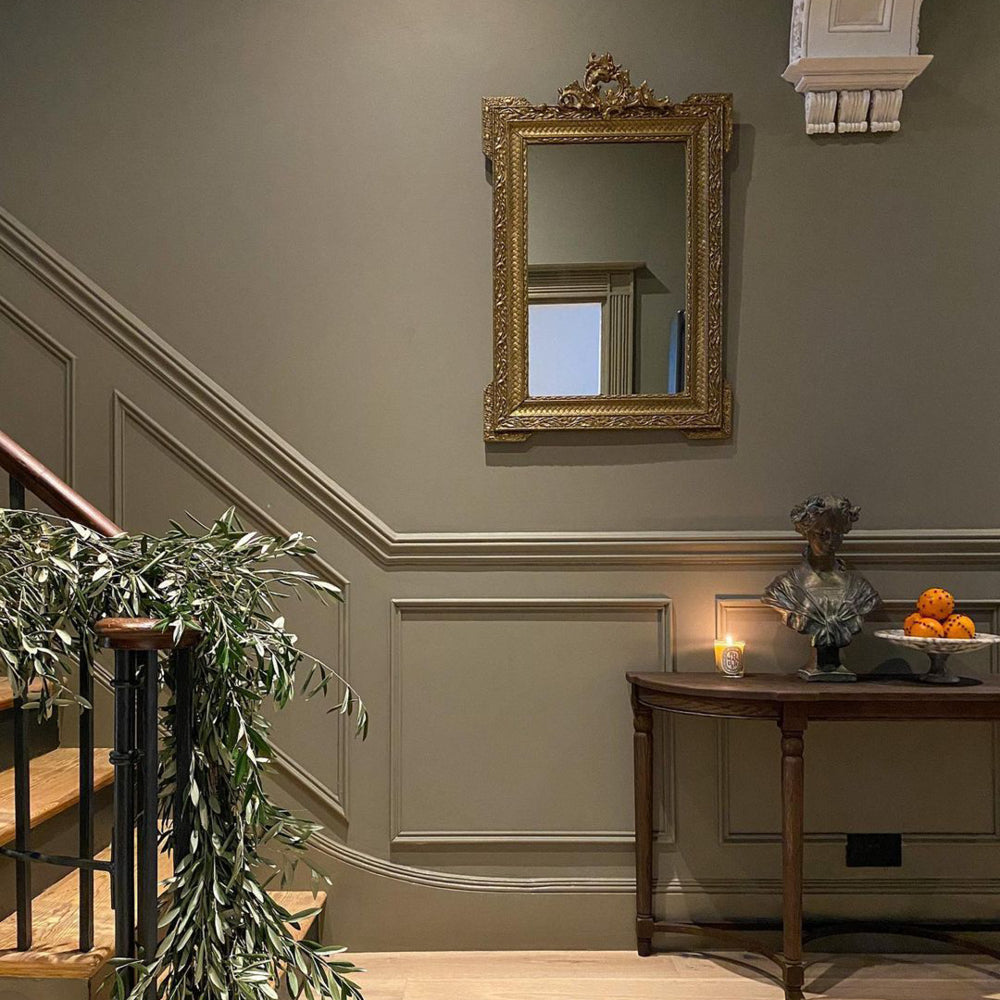

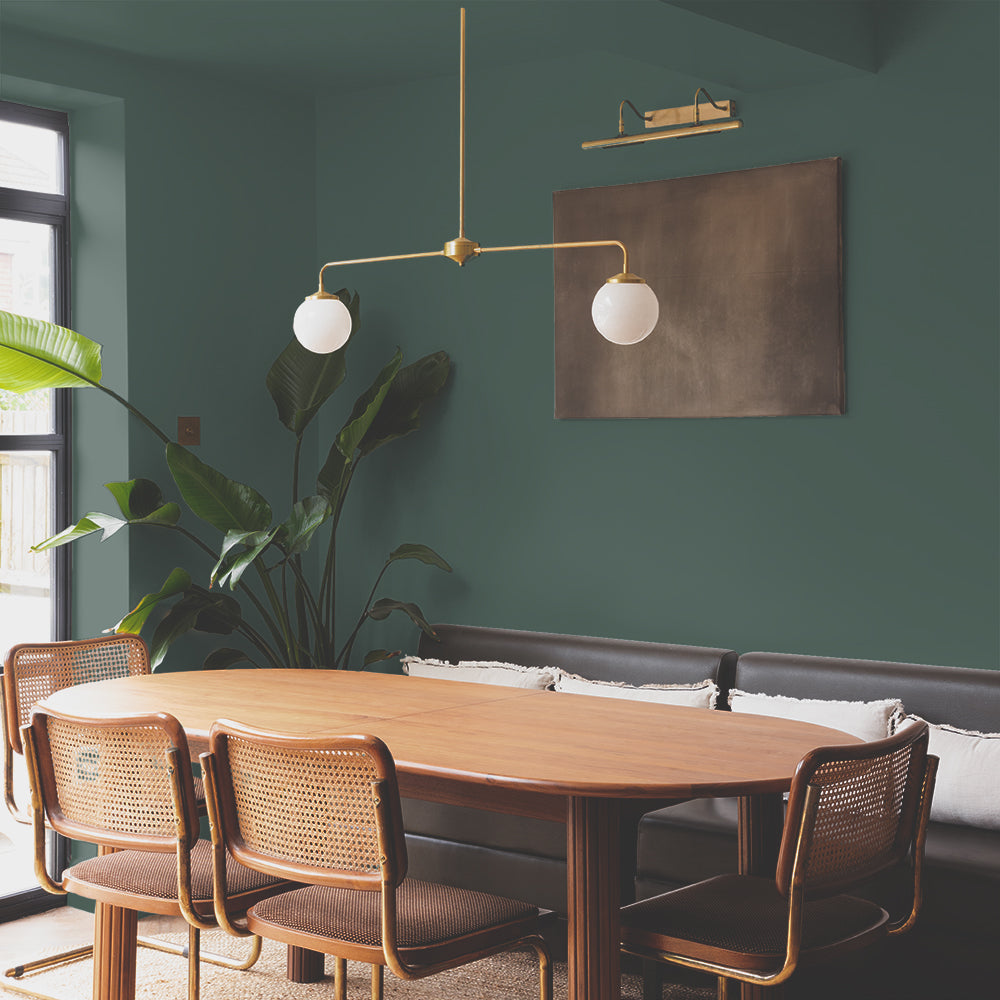


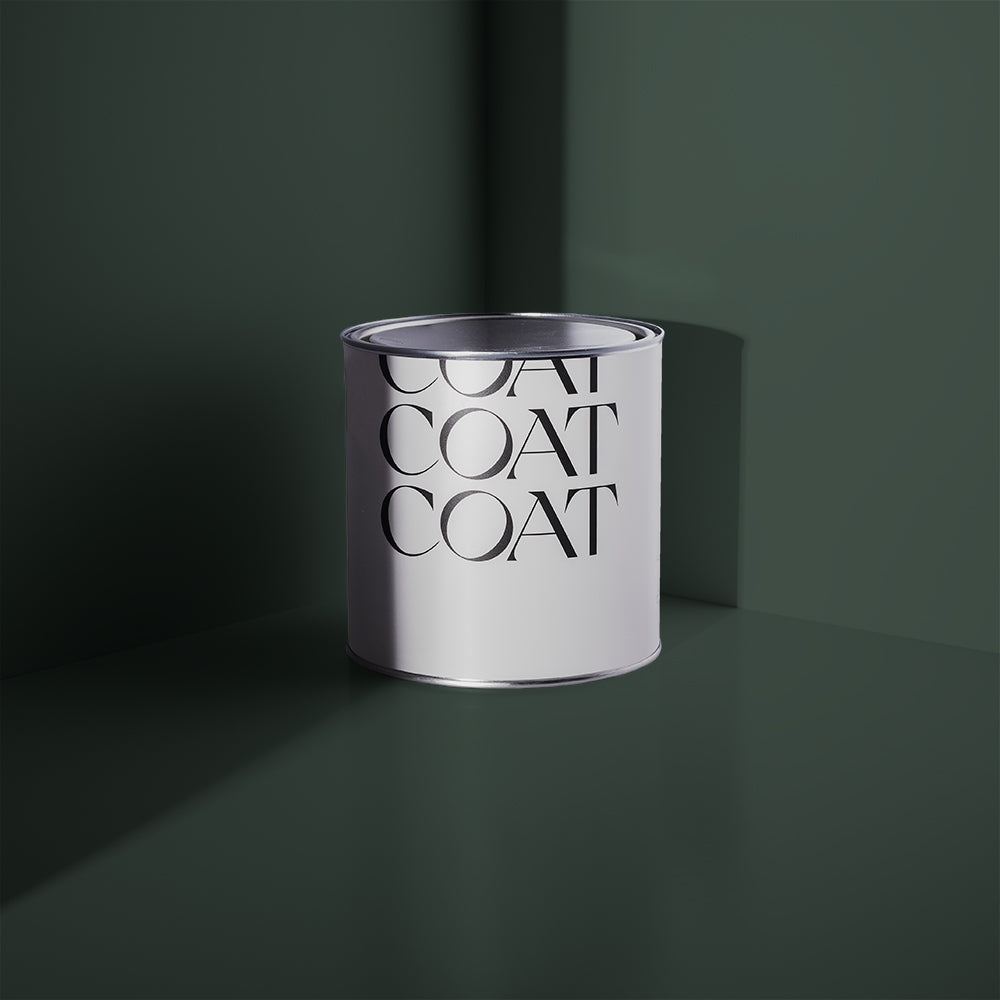
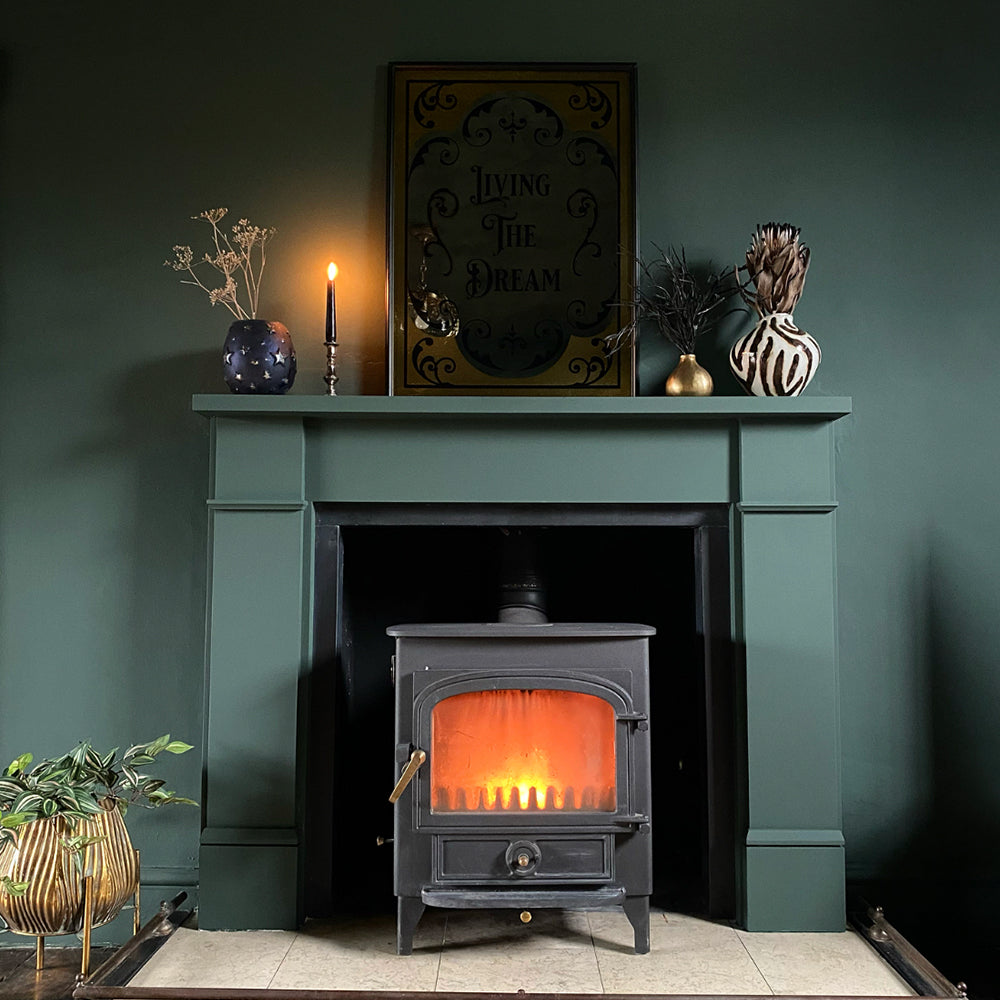



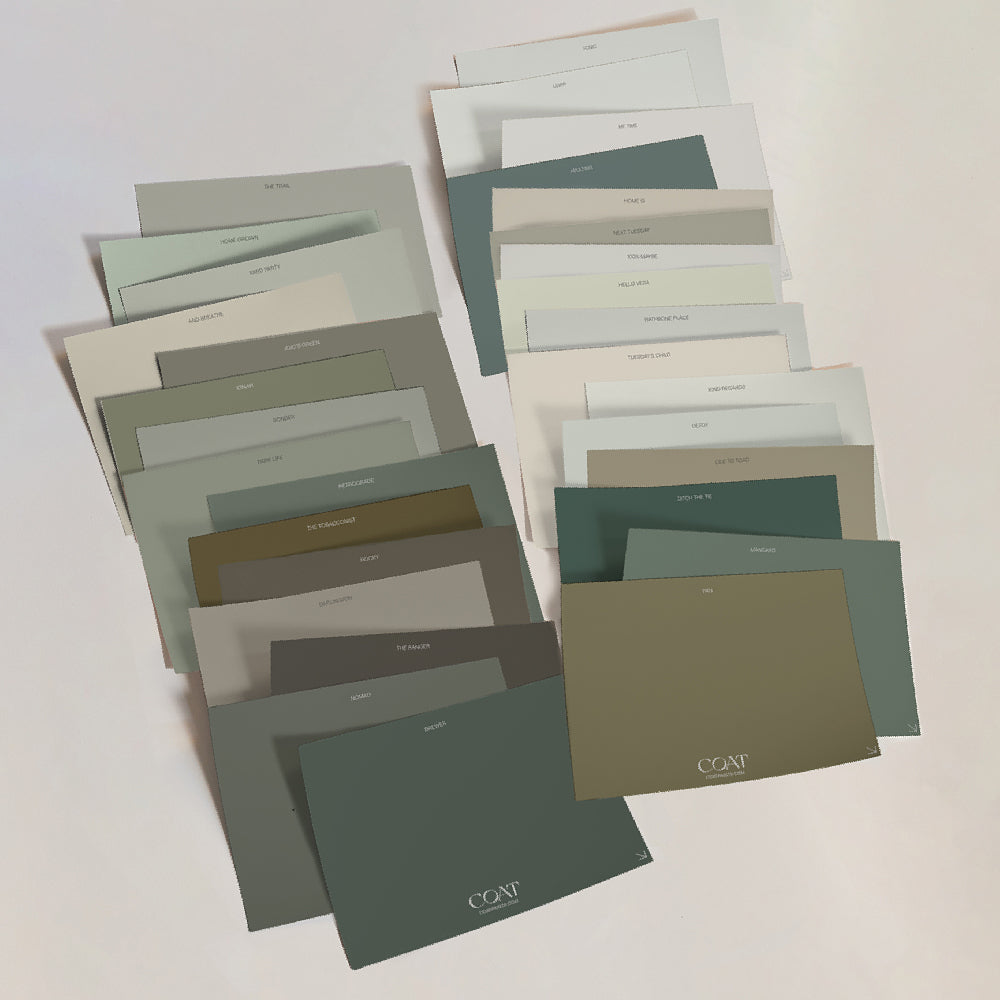

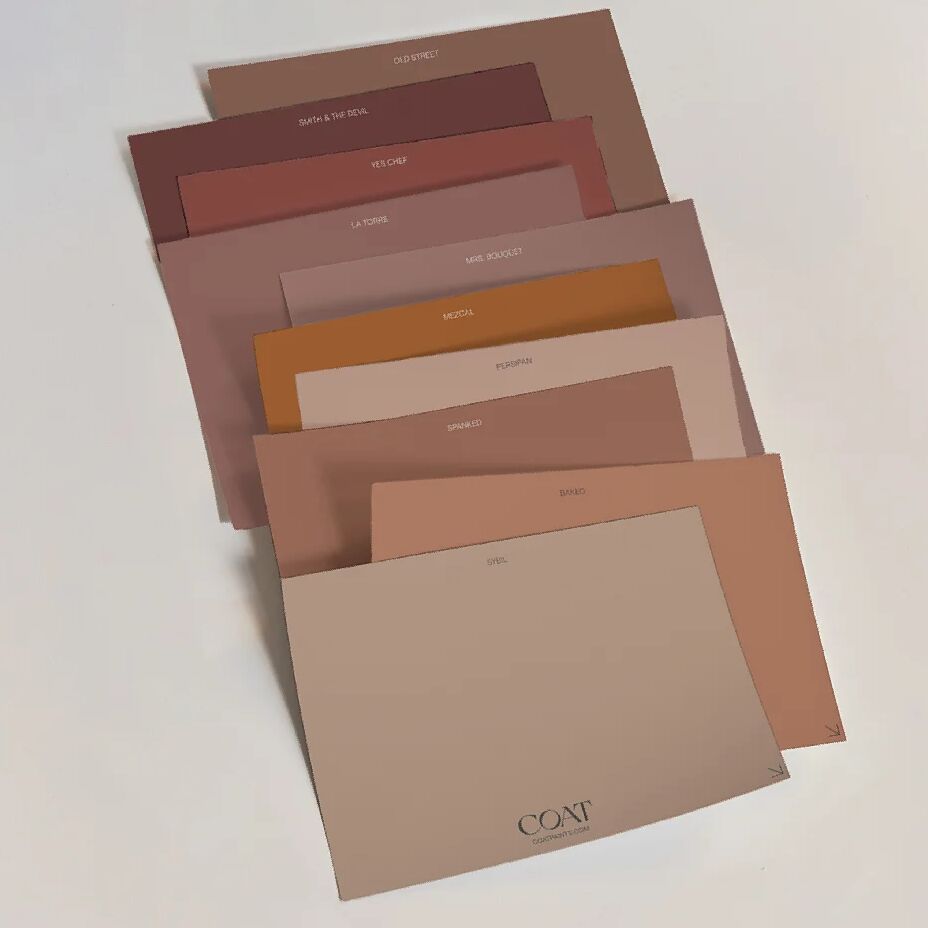

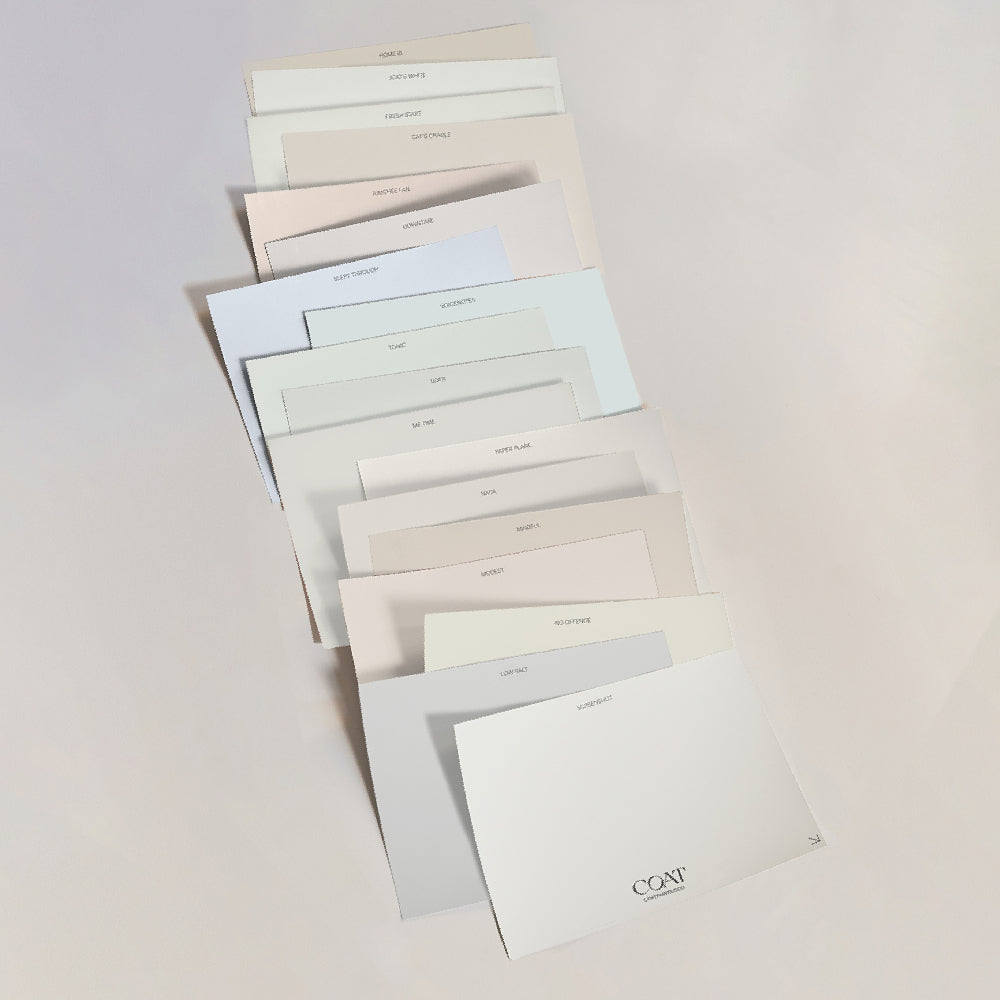
Leave a comment